Best
Beginner Flute
Student Flute RESPONSIVE SOUND WITH SUPERB INTONATION
-
Overall:
Silver Plated Throughout Which Offers Great Sound Quality For
A Beginner Instrument -
Best Feature: Basic Kit
-
TedScore™: 9/10
Best
High-end Flute
-
Overall: Custom-crafted professional concert flute with luxurious features.
-
Best Feature: Coin silver N-cut head joint delivers a broad, stable tone and remarkable playability.
-
TedScore™: 10/10
Best
Intermediate Flute
-
Overall: Traditional craftsmanship combined with modern innovation.
-
Best Feature: Silver-plated head joint, body, and foot joint.
-
TedScore™: 9/10
Choosing a flute is like wandering through a forest of sounds to find that one tree that sings to you, and it’s crucial to know which flute brands to avoid.
I’ve learned that not all that glitters are gold, and the same goes for flutes with prices that seem too good to be true.
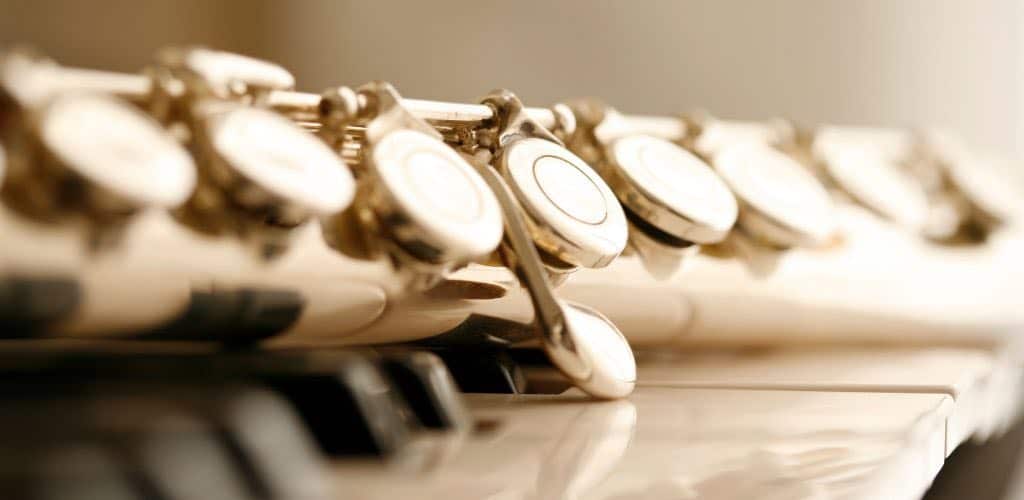
You want to avoid a flute that squawks more than it sings, especially when you want to impress people with a melody.
I’ll help you recognize the signs of flutes that might let you down and share insights for beginners, intermediates, and even pros seeking high-quality flute that matches their ambitions.
Stay with me as I give you a quick look at the flute market, ensuring your next performance sounds good without any unexpected sour notes.
Let’s explore the world of great flutes and avoid the not-so-good ones together!
Advising Against
Certain Flutes
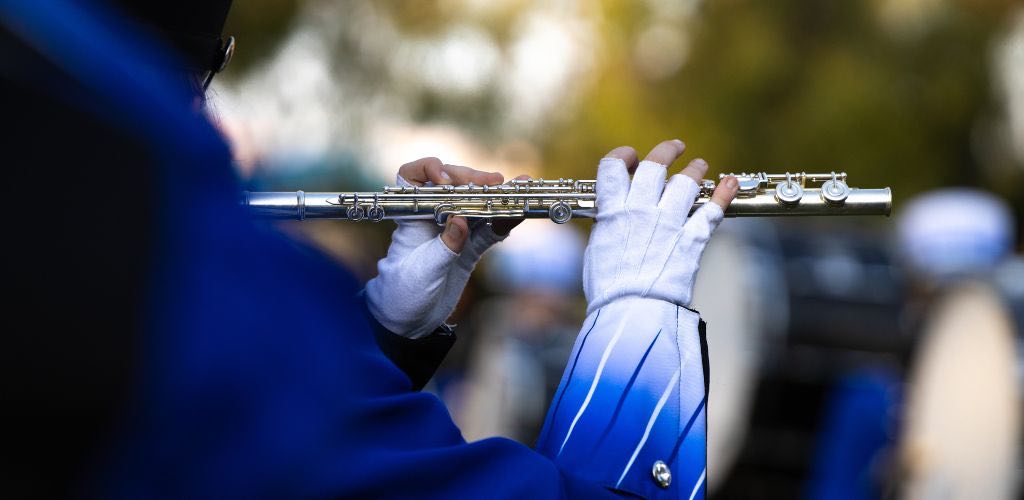
When I’m recommending flutes, I like to remind folks that not all flutes are created equal, especially for new players. Some brands and models, despite their allure, can do more harm than good to your musical journey.
Avoidable Student Models
These chaps have a rep for being less than stellar in the student model world. They may be tempting due to the price, but from what I’ve seen, they can be troublesome with intonation and durability issues.
Many student-model flutes with rock-bottom prices might attract beginners, but they often need more quality materials and craftsmanship, which results in a poor playing experience and sound.
Brands with Negative Reviews
My circle often murmurs about how these brands come up short. They’ve been marked down for quality, with numerous reports of them falling apart and needing to live up to their professional performance claims.
A quick nosy online, and you’ll find these names crop up for all the wrong reasons. Problems such as unreliable mechanisms and poor tone quality are the usual culprits that tarnish their reputation among flutists.
Don’t get me wrong, not everything in the flute world is doom and gloom. For example, Trevor James flutes often get brilliant reviews for their quality and sound, proving that good research can lead you to a splendid instrument.
So, keeping your ears open and eyes peeled for personal experiences and professional opinions is vital to finding a charmer of a flute.
Common Pitfalls when Choosing a Flute Brand

When picking out a flute, I easily get swept up by attractive deals or persuasive advertisements. But, I’ve learned that some flute brands lure customers into traps that can lead to disappointment.
Misleading Marketing
It’s easy to get dazzled by marketing hype, especially when brands claim their flutes are fit for professionals at budget prices.
I’ve noticed some flute brands boldly assert that their cheap instruments are suitable for concert-level performance, which clashes with the reality that quality flutes carry a heftier price tag.
Poor Material Quality
Skimping on materials is a classic corner-cutting move. I’ve seen instruments where using cheap materials dampens the flute’s luster and compromises its sound.
Suspiciously affordable flutes might be made in a factory setting where the emphasis is on quantity over quality, leading to quickly deteriorating materials.
Inadequate Manufacturing Precision
The best flutes come from factories where attention to detail is paramount.
Some brands cut corners, leading to flutes that lack precision, which is essential for good tone and playability. These instruments often have intonation and mechanical issues that hinder a musician’s progress.
Avoiding Poor
Investment in Flutes
It’s essential to steer clear of instruments that may seem like a bargain but could cost you more in the long run. Let’s zero in on key areas to avoid making a poor investment.
Plastic and Cheap Metal Flutes
I’ve noticed that flutes made from low-quality plastic or cheap metals often promise affordability. However, they may compromise on sound and durability.
- Thin, brittle plastics
- Low-grade metals prone to damage
Investing in a flute crafted from such materials might seem cost-effective initially, but it’s likely to lead to frequent repairs or replacements.
And trust me, that is neither good for your wallet nor your peace of mind.
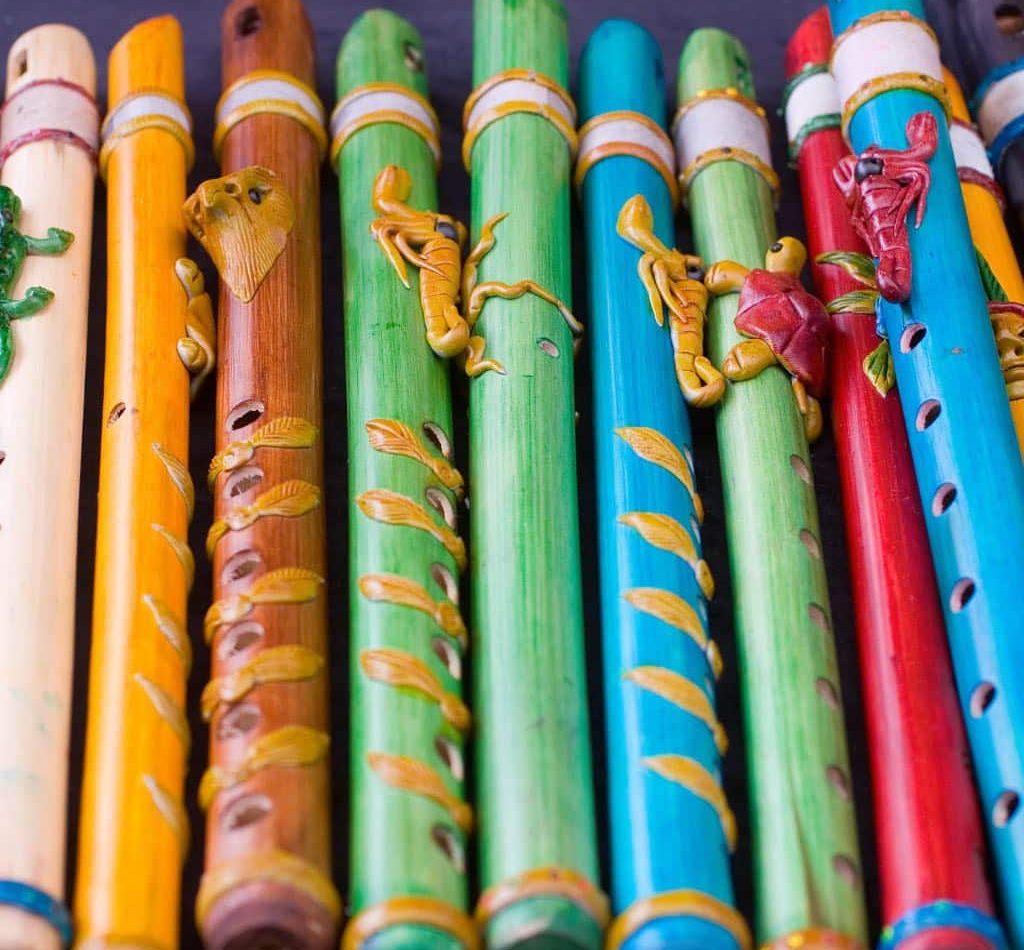
Flutes with Limited Playability
A good flute should feel like a natural extension of yourself, allowing you to express your music without hindrance. I’ve encountered flutes that are described as suitable for professional performance but lack the playability expected at that level.
- Inconsistent tone production
- Difficulty with note articulation
- Unresponsive key mechanisms

Such instruments can severely limit your growth as a musician. It’s disheartening to pour your heart into playing when the flute can’t keep up. Always test playability extensively before committing to a purchase.
Understanding
Flute Qualities
When picking out a flute, I’m choosing a new friend. I look for qualities that promise lovely music and good times ahead.
Material and Construction
I adore the delightful feel of a well-made flute under my fingers.
The materials used—silver, gold, or even a nickel-silver alloy—seriously affect a flute’s character and sound.
Flutes often have keys designed to be both strong and responsive, and in my experience, the best ones have a smooth key action that feels like butter.
When considering the construction, I check the tone holes; these need to be meticulously crafted, for they define the clarity of each note.
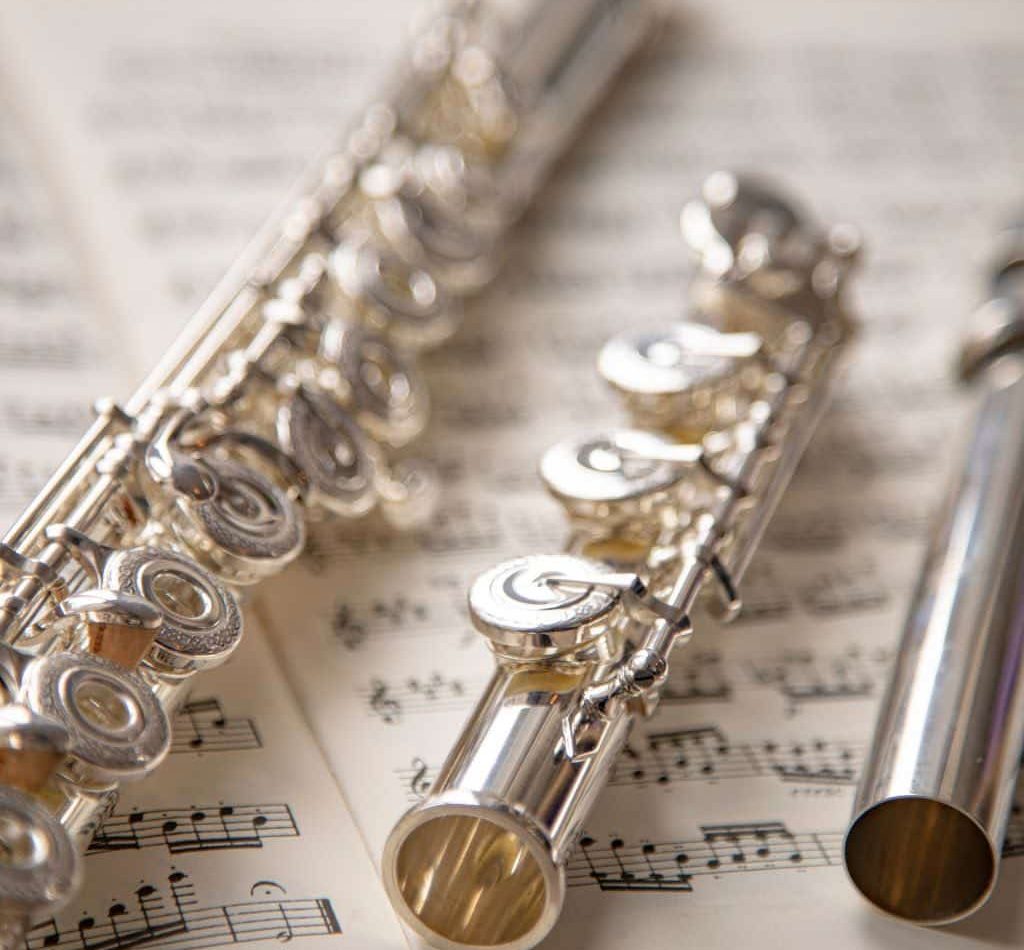
Tone and Intonation
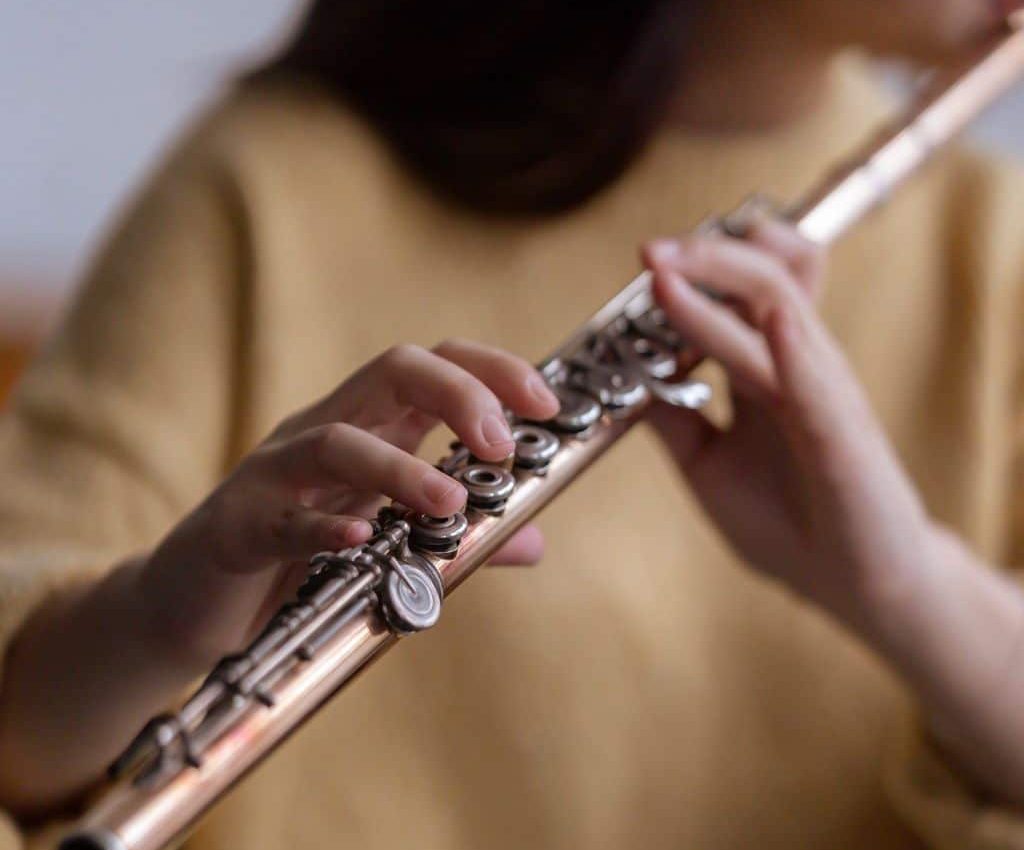
The voice of a flute—it’s what captures our hearts. My kind of companion is a flute that sings with a complete and rich tone.
Intonation, or the flute’s ability to stay in tune across its range, is crucial for those harmonious relationships with other musicians.
Let’s not forget that each flute brand has its own ‘accent,’ finding one that speaks my musical language is critical to a long-term partnership.
Durability and Longevity
We’re in this for the long haul. A flute that stands the test of time is worth its weight in gold. Indeed, metals have a mighty impact on both the longevity and the voice of our wind-whispering friends.
Flutes crafted from nickel silver or a robust alloy stand the test of time better than those of lesser materials. A well-made flute might flaunt a body of sterling silver, which, aside from its lustreful charm, is durable to boot.
Durability means not fretting over frequent repairs or the degradation of sound quality. Also, longevity in a flute ensures that it can keep up with my playing as I progress and grow as a musician.
I think of it as a loyal buddy who is always ready to play and lasts through all my musical escapades.

Brands Recommended for Beginners
When I started playing the flute, I quickly learned that the right instrument can make a world of difference.
Here are a few brands that I and many fellow flutists recommend for beginners. These brands are cherished for their quality, durability, and the ease with which they allow new players to learn and produce a lovely sound.

My first flute was a Yamaha; honestly, it was love at first note. Yamaha flutes are widely respected for their consistent quality and are often the go-to choice for novice players.
Their student models, such as the YFL-222, offer a smooth and responsive playing experience with an offset G key perfect for smaller hands.
Yamaha YFL212
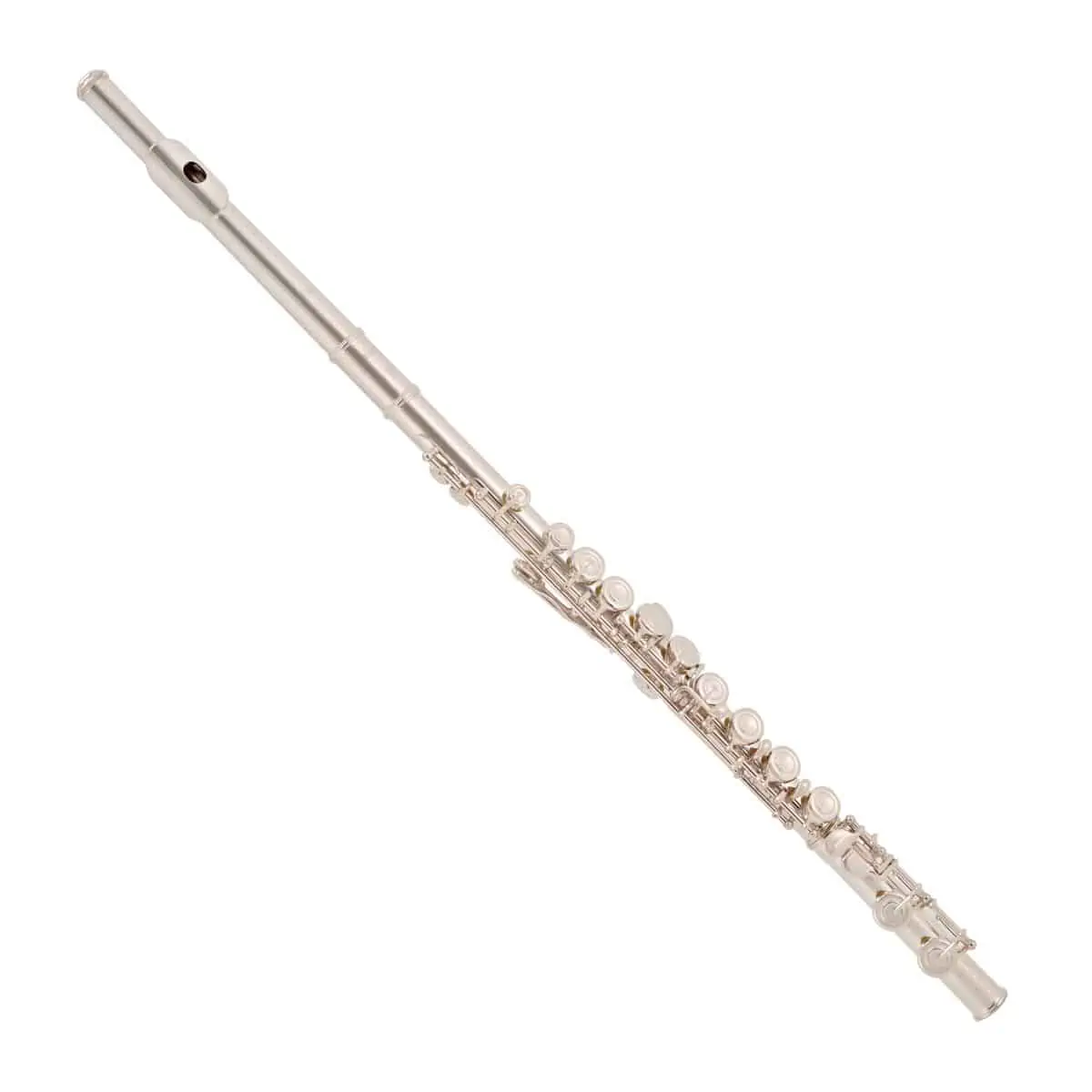
COMES WITH: Basic Kit
FEATURES: Silver plated throughout which offers great sound quality for a beginner instrument
Yamaha YFL212
- Very durable and portable
- Very easy to produce the first sounds
- There are cheaper models available
When you click ‘Check Price’, you’ll see there are loads of great places to buy this item. Our personal favorite is Sweetwater for the US, and Thomann and Gear4Music for the UK & Europe.
They are the largest music retailers, with excellent customer service, competitive prices, really fast shipping, and the longest guarantees.
The professional musician who wrote this article combined many things,
from the product build, manufacturer’s reputation through to feedback
from other users, to create our famous TedScore™.

I remember trying a Jupiter flute once; it was surprisingly user-friendly. Jupiter flutes are known for their robust construction and can withstand the enthusiastic handling a beginner might give them.
Models like the Jupiter JFL-710 have easy action and solid intonation, encouraging a budding flutist’s confidence.
Jupiter JFL710 Standard Flute
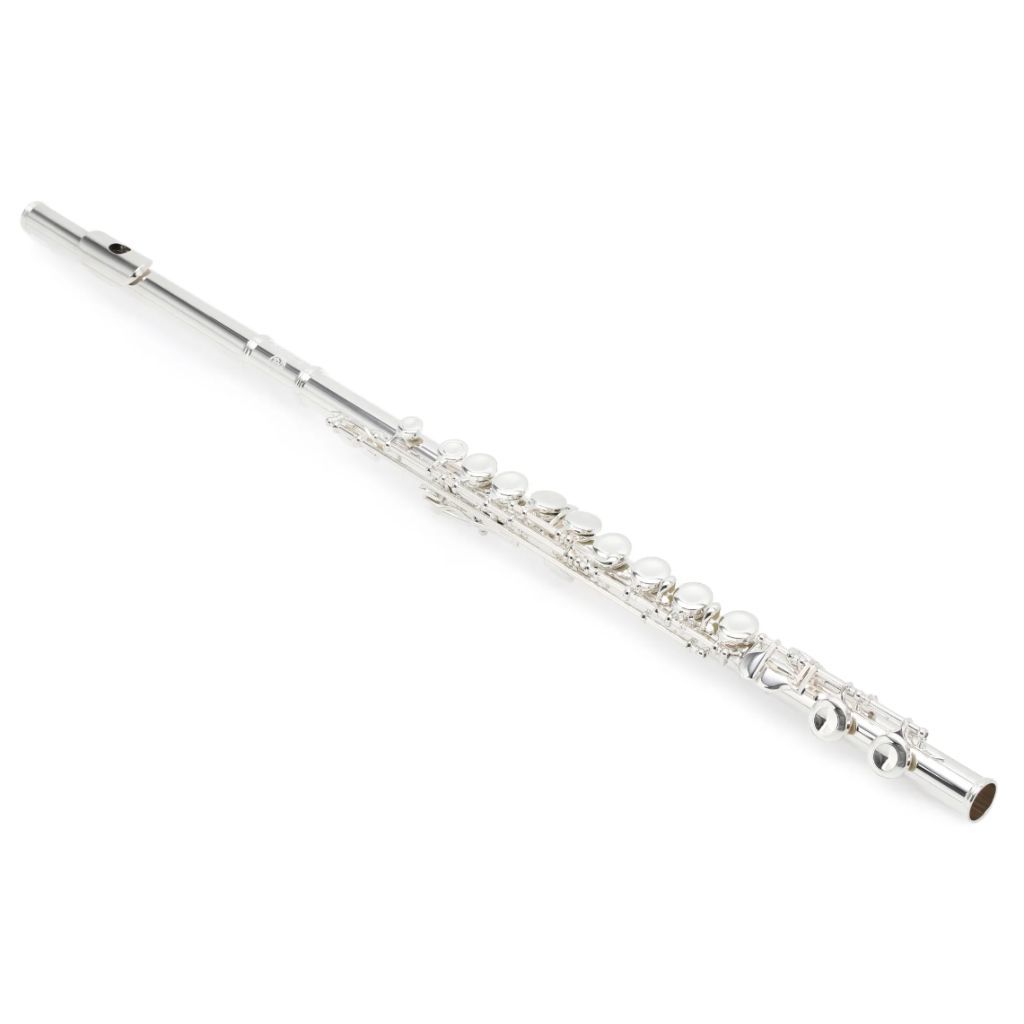
FEATURES: Easy-blowing head joint offers projection and clarity.
OTHER INFO: Smooth and responsive silver-plated keys.
- Equipped with a C foot joint and top adjustment screws.
- The ergonomic offset G key system follows your hands’ natural contours.
- Includes a high-quality carrying case.
- Regular maintenance is necessary to ensure optimal performance.
When you click ‘Check Price’, you’ll see there are loads of great places to buy this item. Our personal favorite is Sweetwater for the US, and Thomann and Gear4Music for the UK & Europe.
They are the largest music retailers, with excellent customer service, competitive prices, really fast shipping, and the longest guarantees.
The professional musician who wrote this article combined many things,
from the product build, manufacturer’s reputation through to feedback
from other users, to create our famous TedScore™.
Top Picks for
Intermediate Players
When talking with my flute-playing pals, we often gush over which brands hit the sweet spot for intermediate players. It’s a time when you’re honing your skills, so picking the right flute matters!
Pearl flutes are like reliable friends you can always count on. Their charm combines durability with a stunning tone, making them a top pick for intermediate flutists.
My experiences with the Pearl 505RBE1RB Quantz Series flute tell me it’s a choice that won’t disappoint, with features like pinless mechanisms and French pointed arms.
Pearl Flutes 505RBE1RB Intermediate Flute
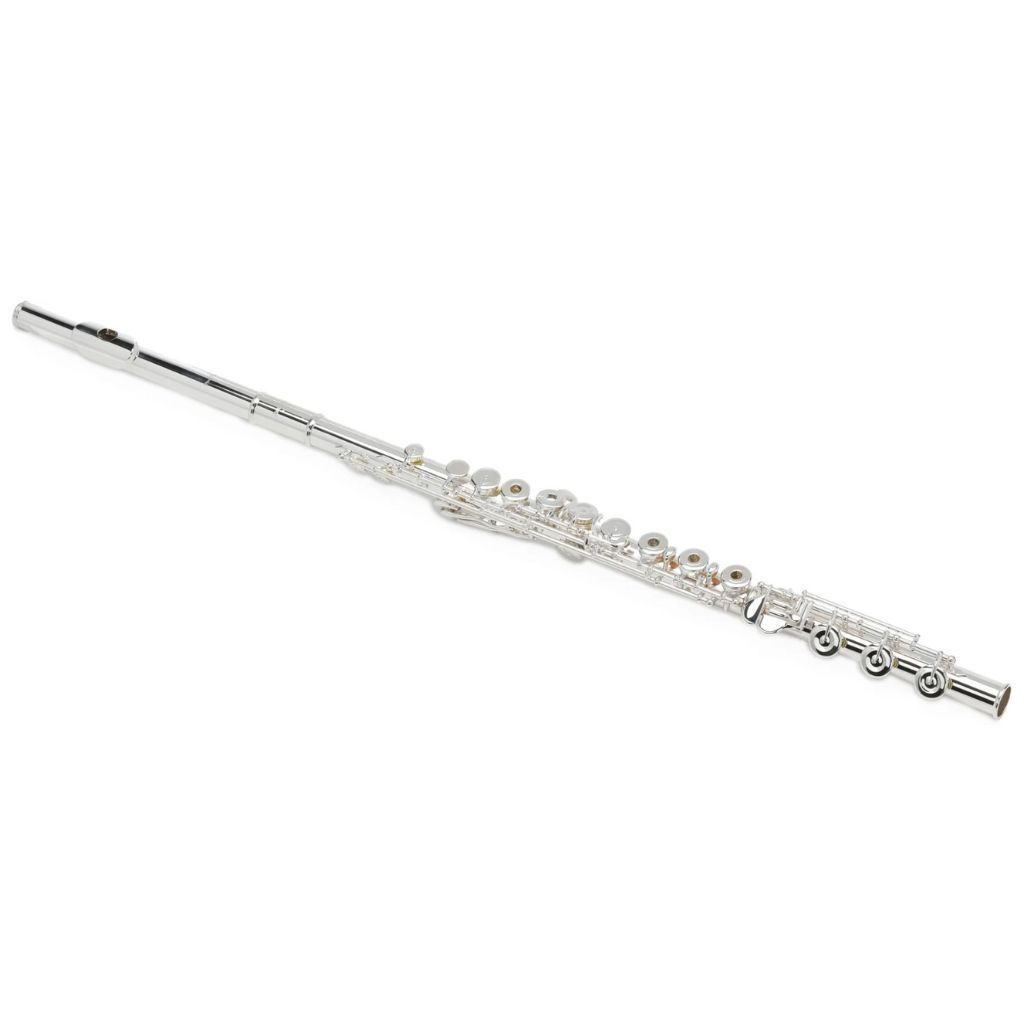
FEATURES: Traditional craftsmanship combined with modern innovation.
OTHER INFO: Silver-plated head joint, body, and foot joint.
- Hand-assembled silver-plated keys are effortless to play.
- Comfortable offset G key system with French-style open keys and split E mechanism.
- It Includes a French case with a cover, cleaning cloth, cleaning rod, and polishing cloth.
- It may offer limited customization options compared to other intermediate flutes.
When you click ‘Check Price’, you’ll see there are loads of great places to buy this item. Our personal favorite is Sweetwater for the US, and Thomann and Gear4Music for the UK & Europe.
They are the largest music retailers, with excellent customer service, competitive prices, really fast shipping, and the longest guarantees.
The professional musician who wrote this article combined many things,
from the product build, manufacturer’s reputation through to feedback
from other users, to create our famous TedScore™.
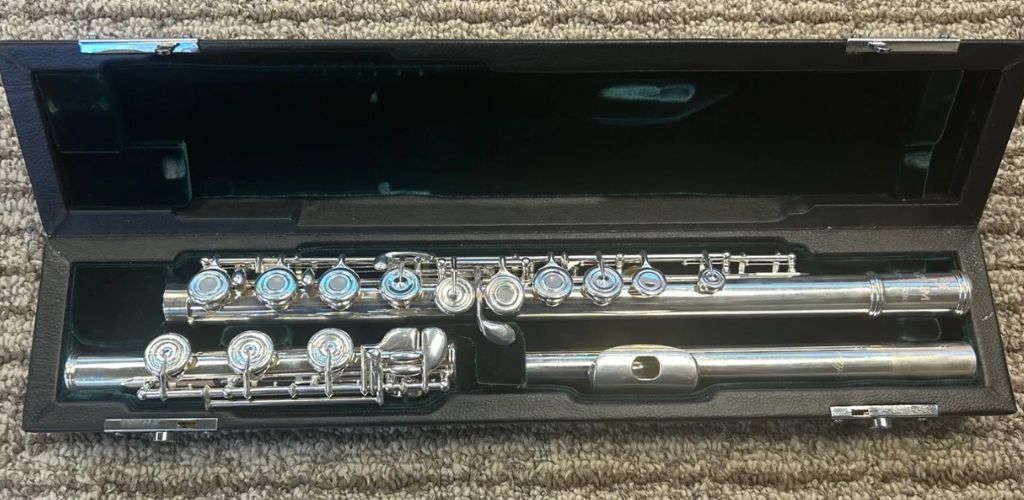
Chatting about Azumi flutes always brings a twinkle to my eye. With their split E mechanism and gizmo key, they’re crafted to make playing a delight.
The Azumi AZ2SRBEO stands out with its easy playability and enchanting sound, making it a perfect companion as you venture further into your flute journey.
Azumi AZ2SRBEO Concert Flute
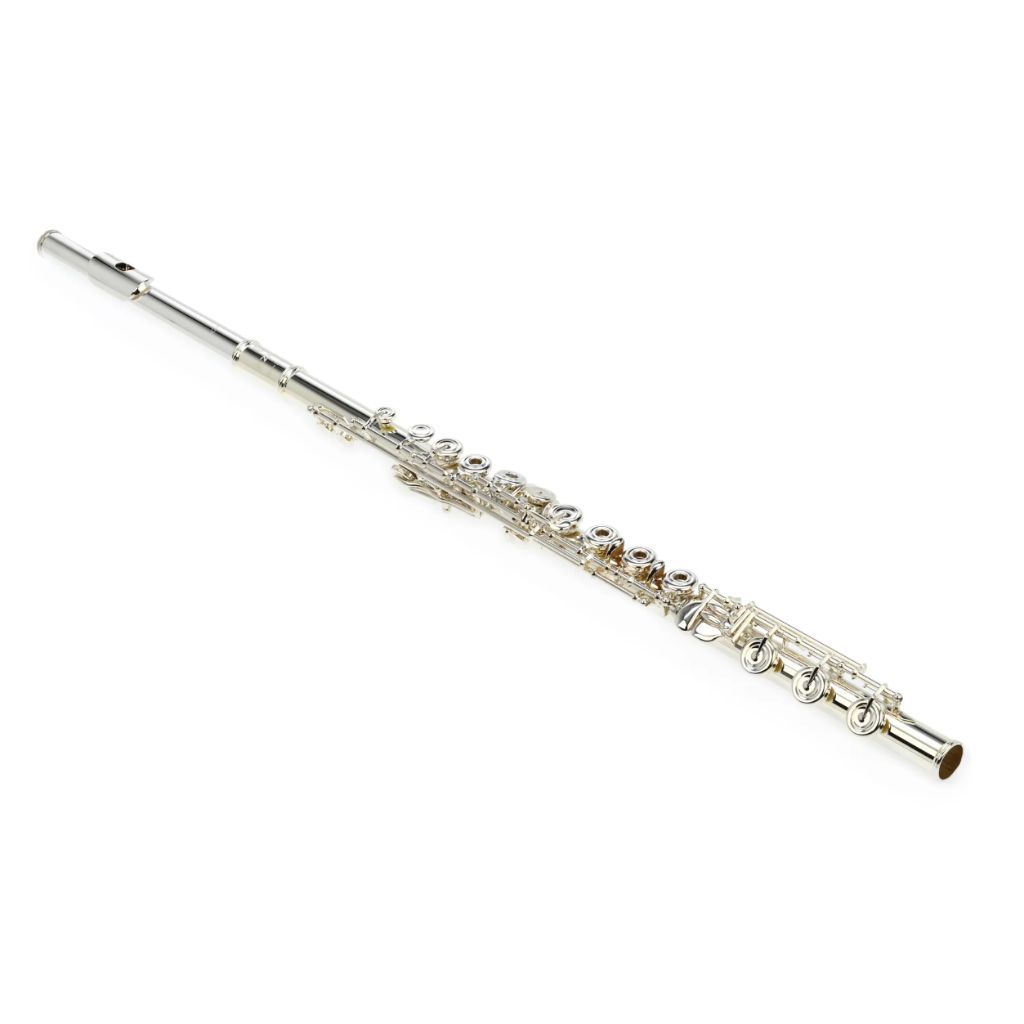
FEATURES: Carefully crafted step-up flute with a silver-plated body.
OTHER INFO: Sterling silver Altus Z-Cut, professional head joint, improves articulation.
- Fluid and responsive open-hole key mechanism with elegant pointed key arms.
- Altus-Bennett scale provides exceptional intonation and an effortless playing experience
- Comfortable offset G key system with split E mechanism.
- The advanced key system and mechanisms may require additional maintenance and care.
When you click ‘Check Price’, you’ll see there are loads of great places to buy this item. Our personal favorite is Sweetwater for the US, and Thomann and Gear4Music for the UK & Europe.
They are the largest music retailers, with excellent customer service, competitive prices, really fast shipping, and the longest guarantees.
The professional musician who wrote this article combined many things,
from the product build, manufacturer’s reputation through to feedback
from other users, to create our famous TedScore™.
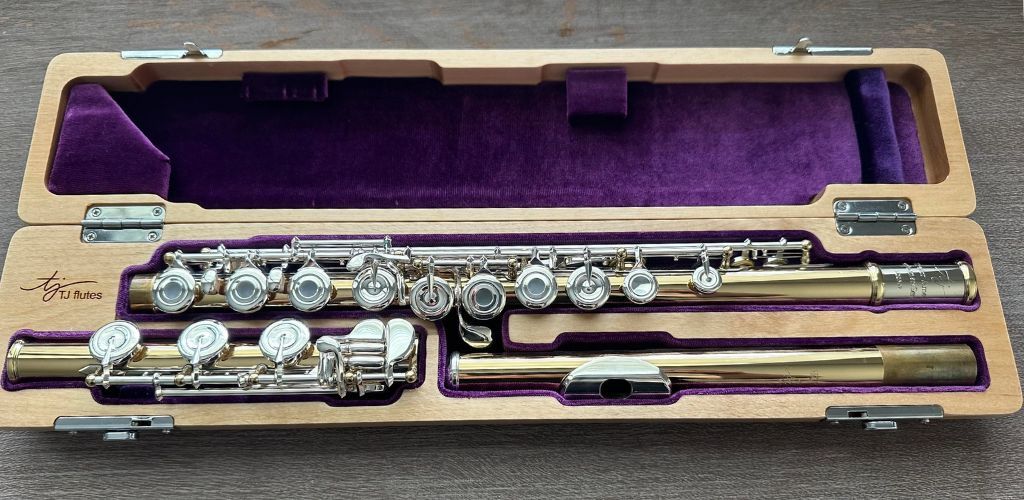
I’ve got a soft spot for Trevor James flutes; they feel tailor-made for those stepping up their game. They’re designed to grow with you, blending refined sound with comfortable playability.
A Trevor James flute is like a badge of honor for intermediate players daring to dream bigger.
Trevor James Copper Body Flute
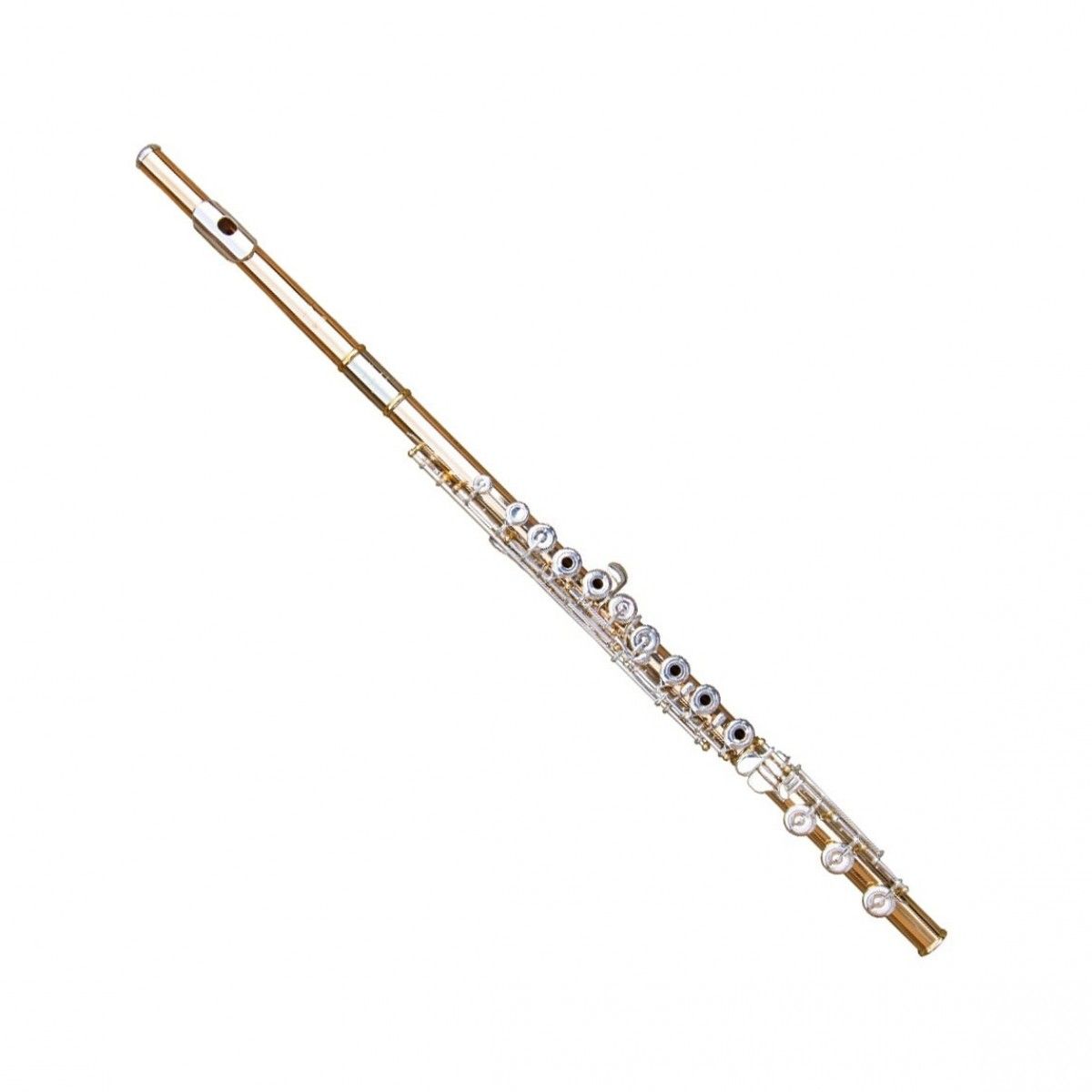
FEATURES: Open tone holes for greater control.
OTHER INFO: Hand-cut embouchure hole.
- Lightweight copper body.
- Includes case and cleaning accessories.
- Limited availability compared to traditional silver or gold flutes.
When you click ‘Check Price’, you’ll see there are loads of great places to buy this item. Our personal favorite is Sweetwater for the US, and Thomann and Gear4Music for the UK & Europe.
They are the largest music retailers, with excellent customer service, competitive prices, really fast shipping, and the longest guarantees.
The professional musician who wrote this article combined many things,
from the product build, manufacturer’s reputation through to feedback
from other users, to create our famous TedScore™.
Remember, my flute-loving friends, advancing your skills deserves a top-notch partner. With a Pearl, Azumi, or Trevor James, you’re set to make magical music that whispers sweet melodies in the ears of all who listen.
High-End Flutes for Professionals
I look for unparalleled craftsmanship and rich, pure tones when I’m in the market for a professional flute.
These treasures are often found in high-end brands like Wm. S. Haynes and Powell, each with a unique flair.
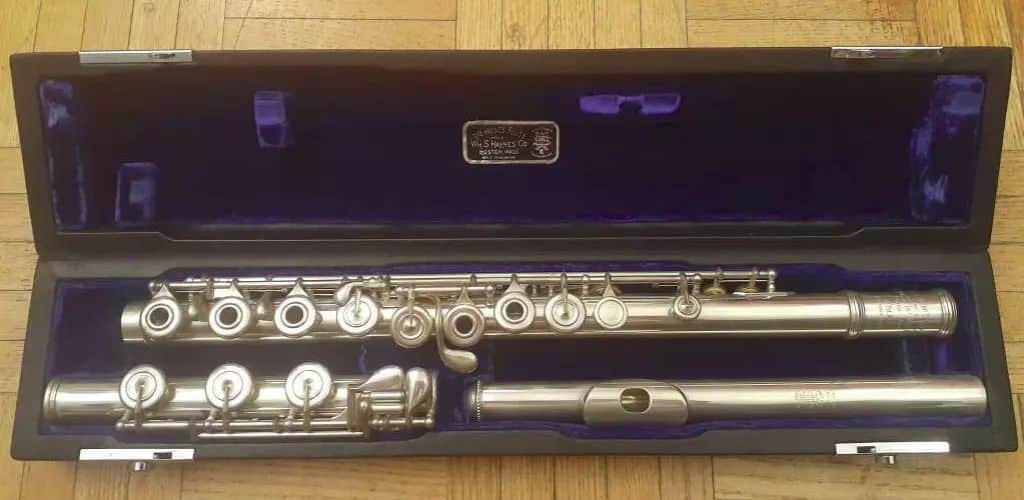
Wm. S. Haynes flutes shine with their artistically sculpted tone in the hands of discerning flutists. It’s known that Wm. S. Haynes utilizes 18K Gold Riser, and their flutes offer a beautiful spectrum of colors in their sound owing to this craftsmanship.
Wm. S. Haynes Custom Silver Flute
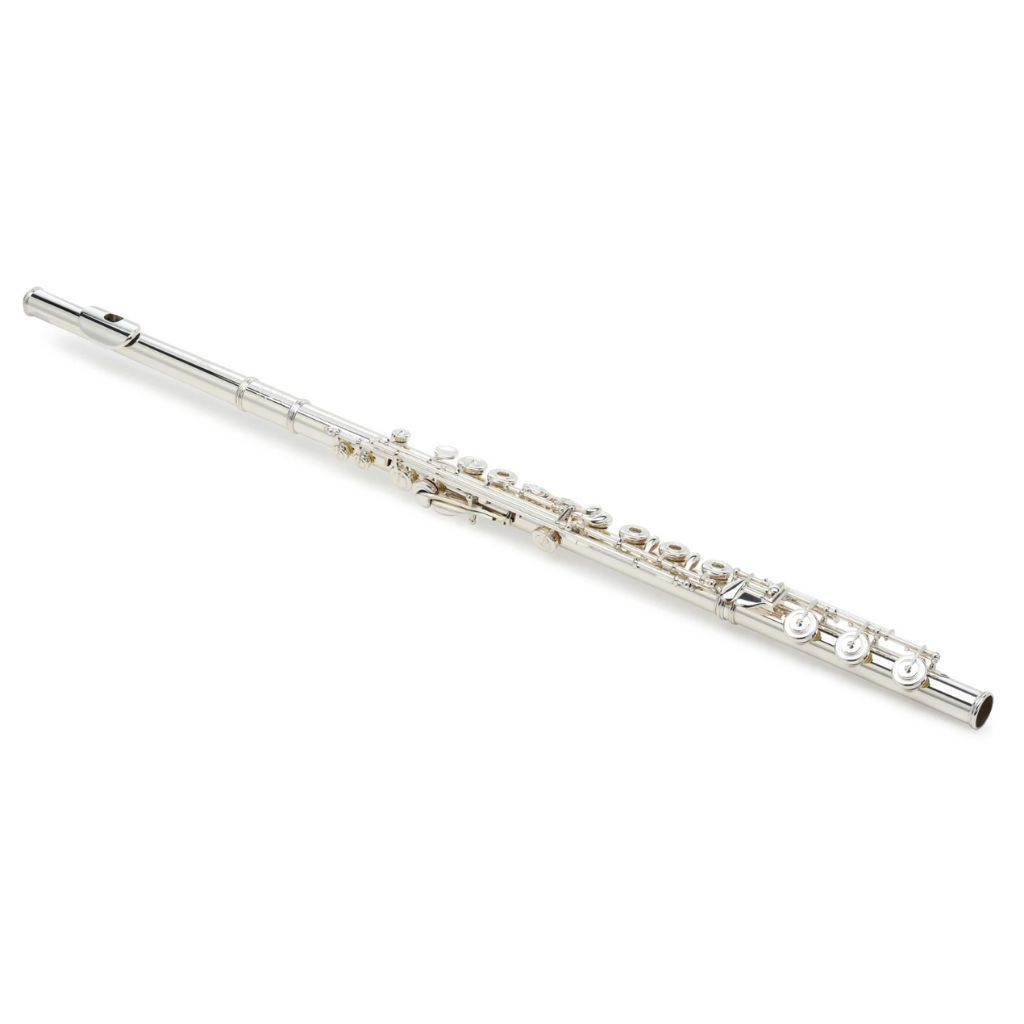
FEATURES: Custom-crafted professional concert flute with luxurious features.
OTHER INFO: Coin silver N-cut head joint delivers a broad, stable tone and remarkable playability.
- High-quality 10k white gold springs deliver top-notch responsiveness.
- Pisoni S2 pads provide an airtight seal.
- B foot joint extends the low range of the instrument.
- 18k gold riser adds to the flute's already exquisite tone quality.
- Includes case for safe storage and transport.
- Handmade in Acton, Mass.
- Higher price point.
When you click ‘Check Price’, you’ll see there are loads of great places to buy this item. Our personal favorite is Sweetwater for the US, and Thomann and Gear4Music for the UK & Europe.
They are the largest music retailers, with excellent customer service, competitive prices, really fast shipping, and the longest guarantees.
The professional musician who wrote this article combined many things,
from the product build, manufacturer’s reputation through to feedback
from other users, to create our famous TedScore™.
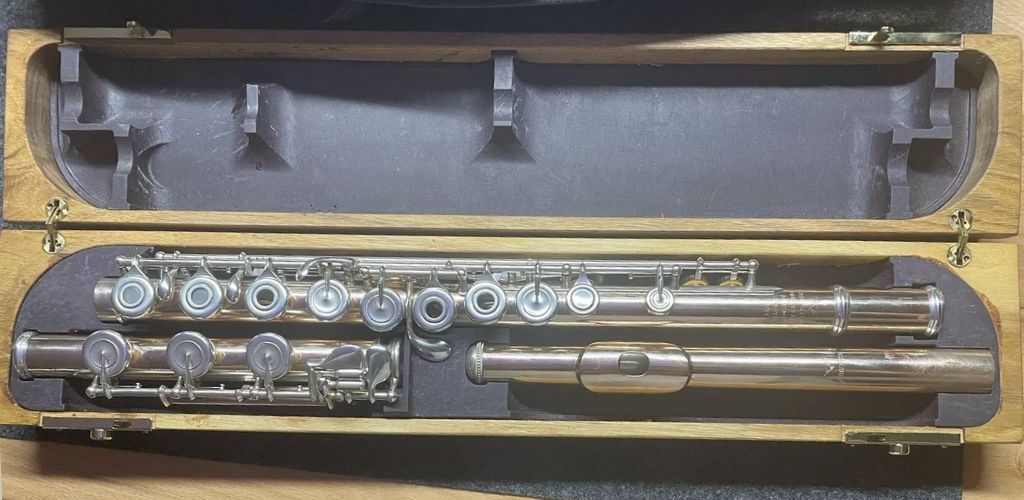
Now, a conversation about professional flutes would be complete with the mention of Powell.
Since 1926, Powell has crafted flutes that have exceptional playability and embody a piece of history. Each Powell flute feels like a customized extension of my musical expression.
Powell Flutes Handmade Conservatory Flute
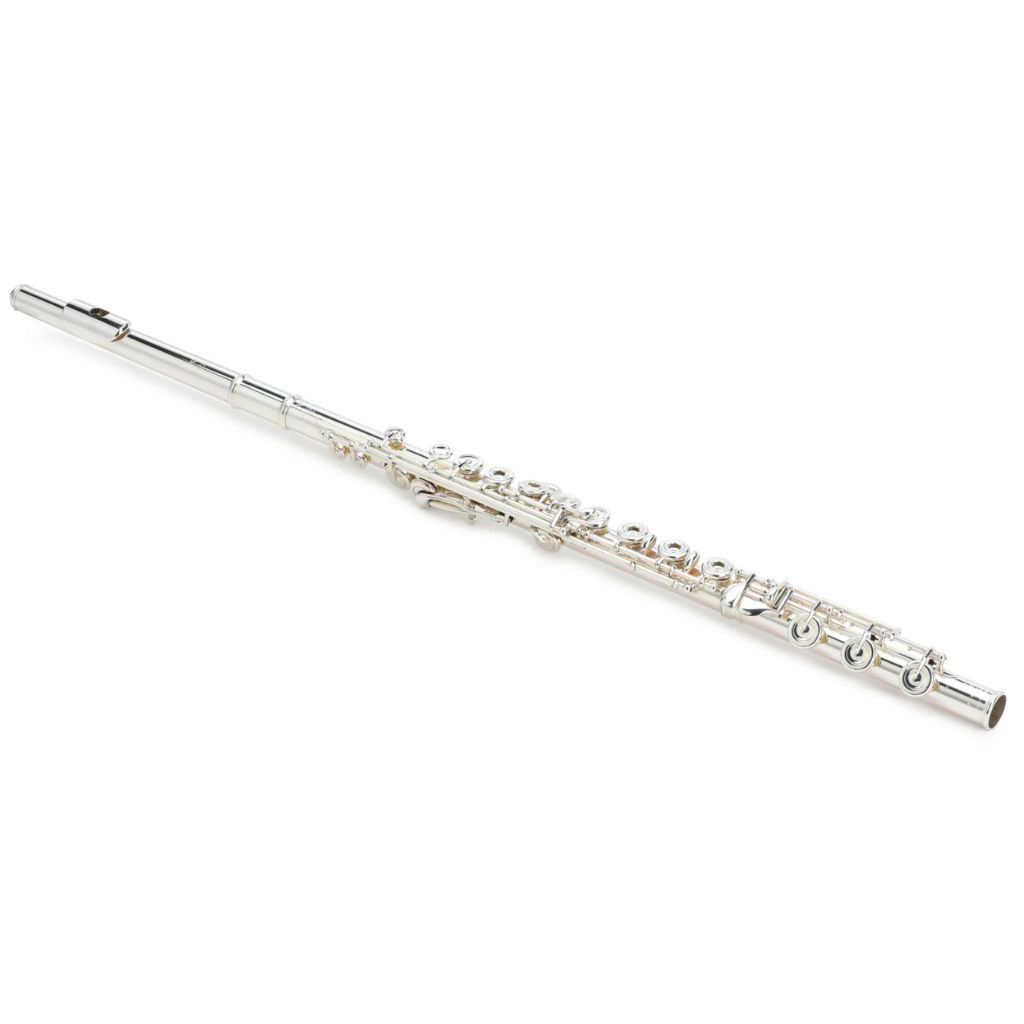
FEATURES: Sterling silver construction delivers a pure and light tone.
OTHER INFO: The venti-style head joint provides outstanding response and projection.
- Hand-assembled silver-plated keys are effortless to play with and improve grip
- Pisoni S2 pads present a soft, reliable touch.
- Limited availability and longer lead times for purchase.
When you click ‘Check Price’, you’ll see there are loads of great places to buy this item. Our personal favorite is Sweetwater for the US, and Thomann and Gear4Music for the UK & Europe.
They are the largest music retailers, with excellent customer service, competitive prices, really fast shipping, and the longest guarantees.
The professional musician who wrote this article combined many things,
from the product build, manufacturer’s reputation through to feedback
from other users, to create our famous TedScore™.
Factors Contributing to Flute Brands' Reputation
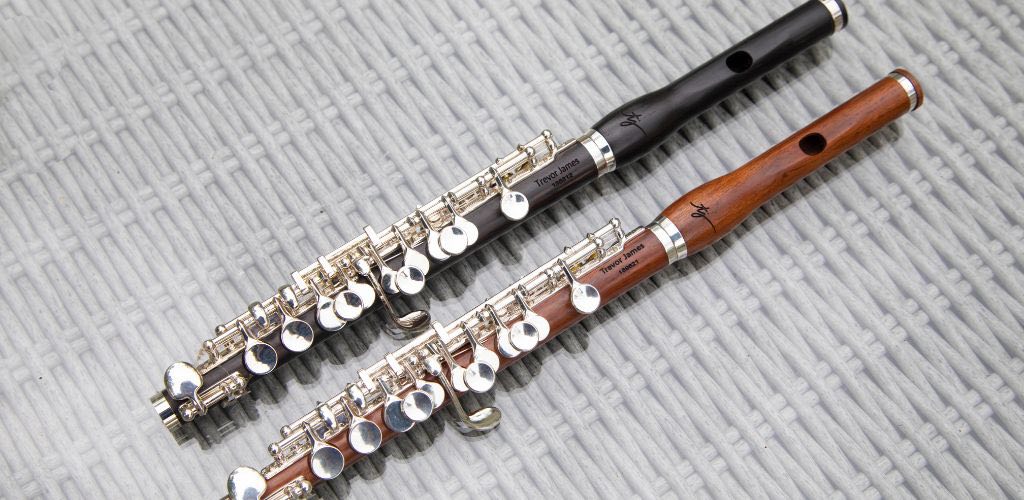
When we chat about flutes, a brand’s reputation is like a fine tapestry woven from its history, crafting, and materials. It’s those bits that make the big picture.
Brand History and Tradition
I’ve found that a brand’s history speaks volumes to its integrity. With reputable brands, a rich heritage of tradition and expertise is often passed down through generations.
These old hands at flute making have a knack for understanding what makes a quality instrument ring true with impeccable sound. Tradition isn’t just fluff; it adds a seasoned depth to a flute’s character.
Manufacturing Processes
Now, let’s talk about the nuts and bolts – strictly speaking, the rods and keys. The manufacturing process can differ vastly amongst brands, and the attention to detail in this phase is crucial.
Thanks to their state-of-the-art techniques, reputable brands typically boast precision and consistency, contributing to the instrument’s longevity and tonal quality. Better-made flutes sport a level of craftsmanship that turns playing into a seamless delight, as if the instrument is an extension of oneself.
Quality of Materials Used
High-quality materials are the backbone of a flute’s sound and durability. Reputable brands often use first-rate metals and even gemstones that lend an air of elegance and influence the soundscape.
A flute forged from poor materials is akin to a chef using not-so-fresh ingredients—disaster! So, choosing material is not just about aesthetics; it’s about producing the lushest sounds that fill the room—or the concert hall.
Flute Types and Their Specificities
When I pick up a flute, I can’t help but marvel at the variety in their designs. The subtle differences in shape and size contribute to a unique visual appeal and distinctly affect their sound.
Concert Flute
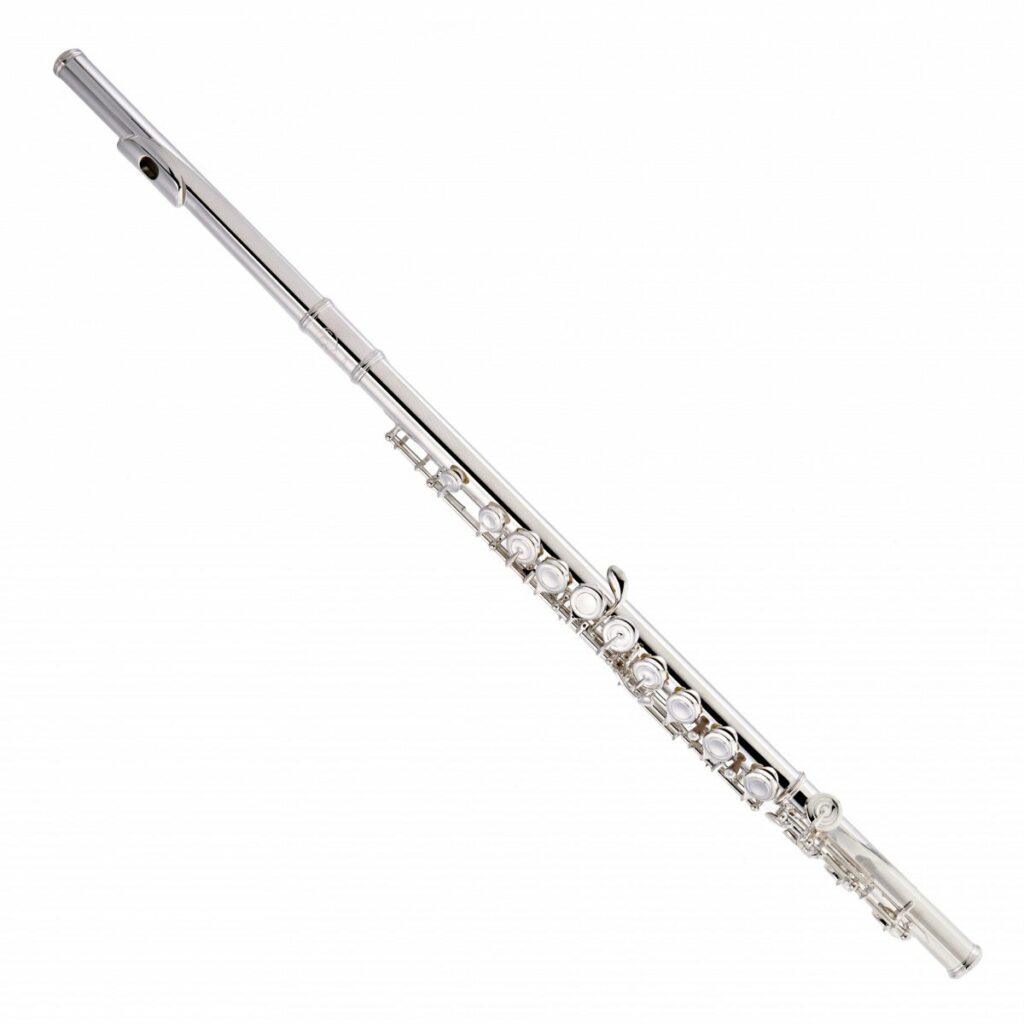
The concert flute is my trusty sidekick in any symphonic escapade. It’s the most common flute.
Typically crafted from silver, nickel, or sometimes gold for that extra sparkle, the concert flute sings in C and dances across three octaves with ease.
Let’s not get mixed up with its historical cousin, the baroque flute—tuned a wee bit lower but just as charismatic.
Alto and Bass Flutes
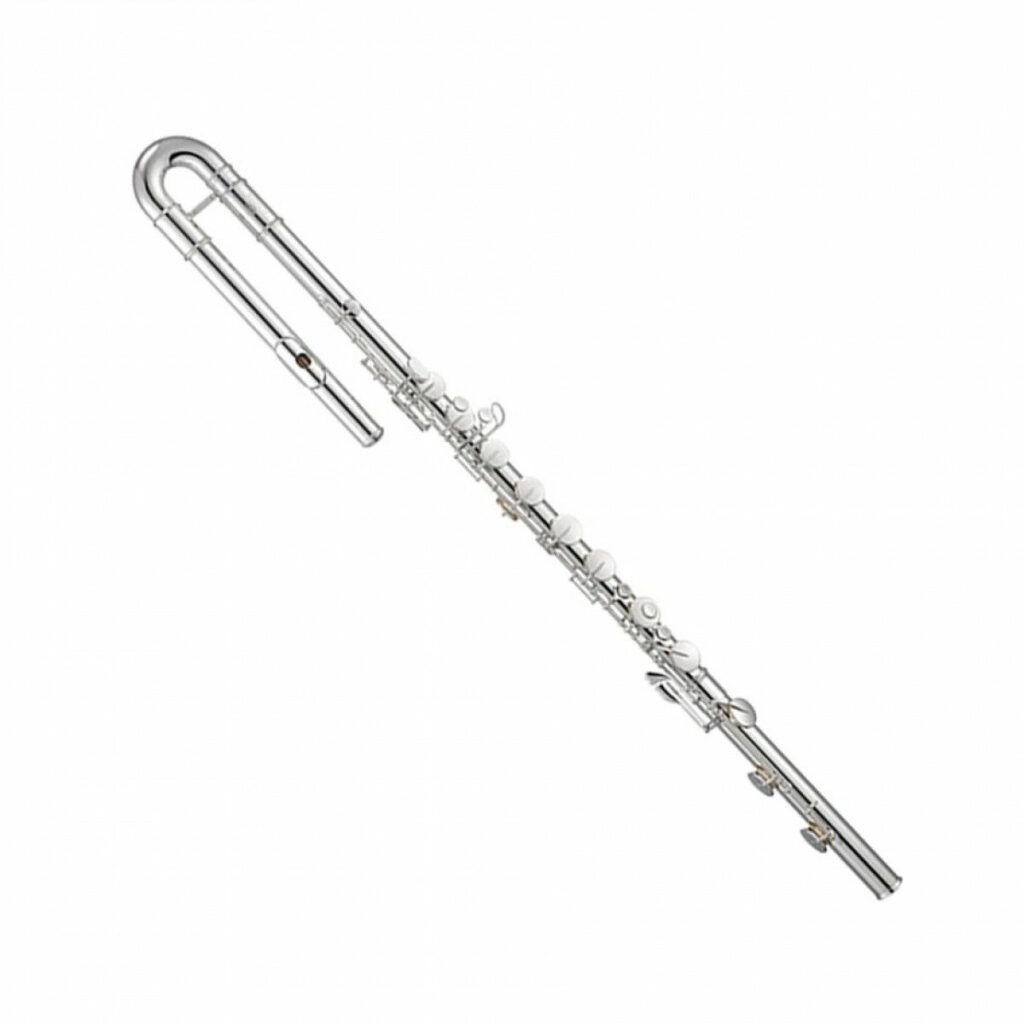
The alto and bass flutes are like the deeper-voiced relatives in the flute family.
When I think of an alto flute, what stands out to me is its rich and mellow tones; it’s quite a nice change from the brighter timbre of my trusty concert flute.
Typically, the alto flute is about a fourth lower than the concert flute, so its sound has a unique warmth.
Then there’s the bass flute, the low-pitched crooner. I find it fascinating because of its enigmatic, velvety depth, which is a full octave beneath the concert flute. When I play one, I feel vibrations through my fingers that tell tales of lush soundscapes and whispering woods.
Piccolos and Baroque Flutes
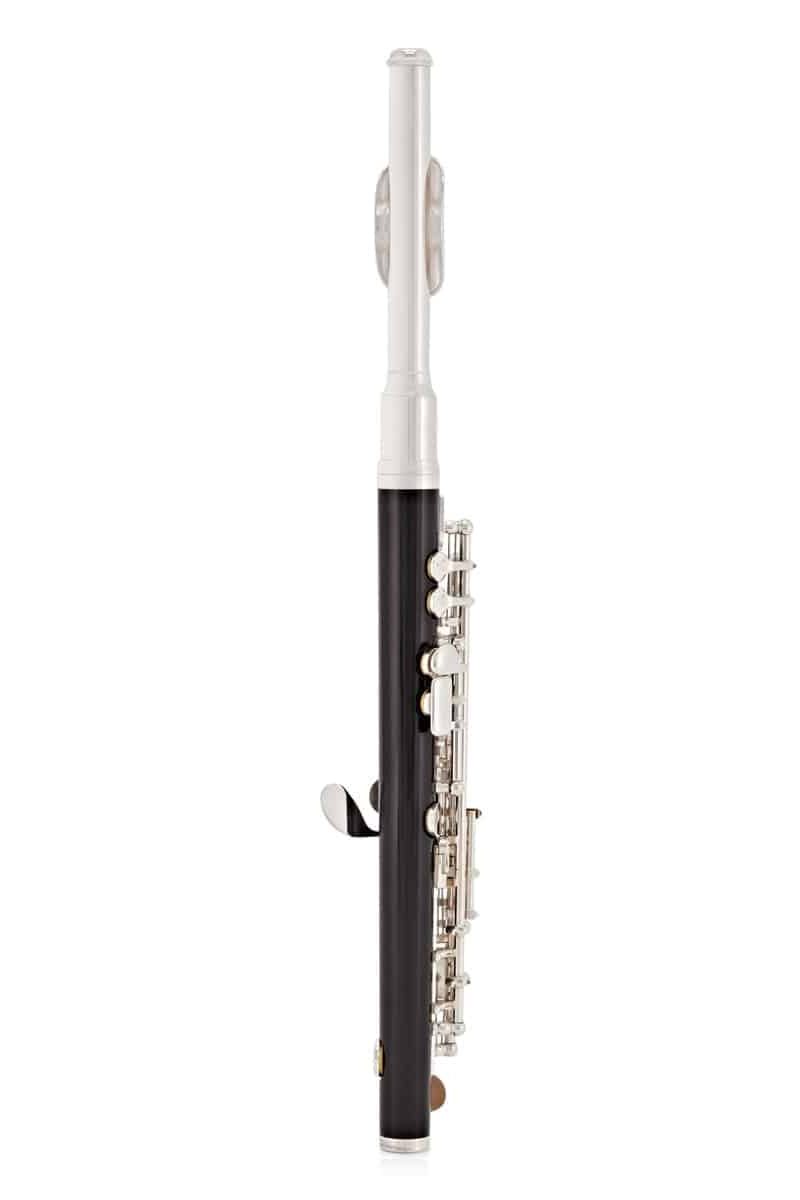
Moving up the scale, piccolos are the sprites of the flute world: lively and brilliantly pitched. They soar an octave above the concert flute, making their sound crisp and prominent.
My piccolo is always a joy to play, especially when it’s trilling through an orchestral crescendo.
The Baroque flute, on the other hand, carries us back in time with its historical charm. It’s a little trickster, tuned a half step lower than modern flutes, but I adore its warm, woody sound.
It reminds me of elegant courts where composers like Bach or Handel might have found inspiration.
Specialized Flutes
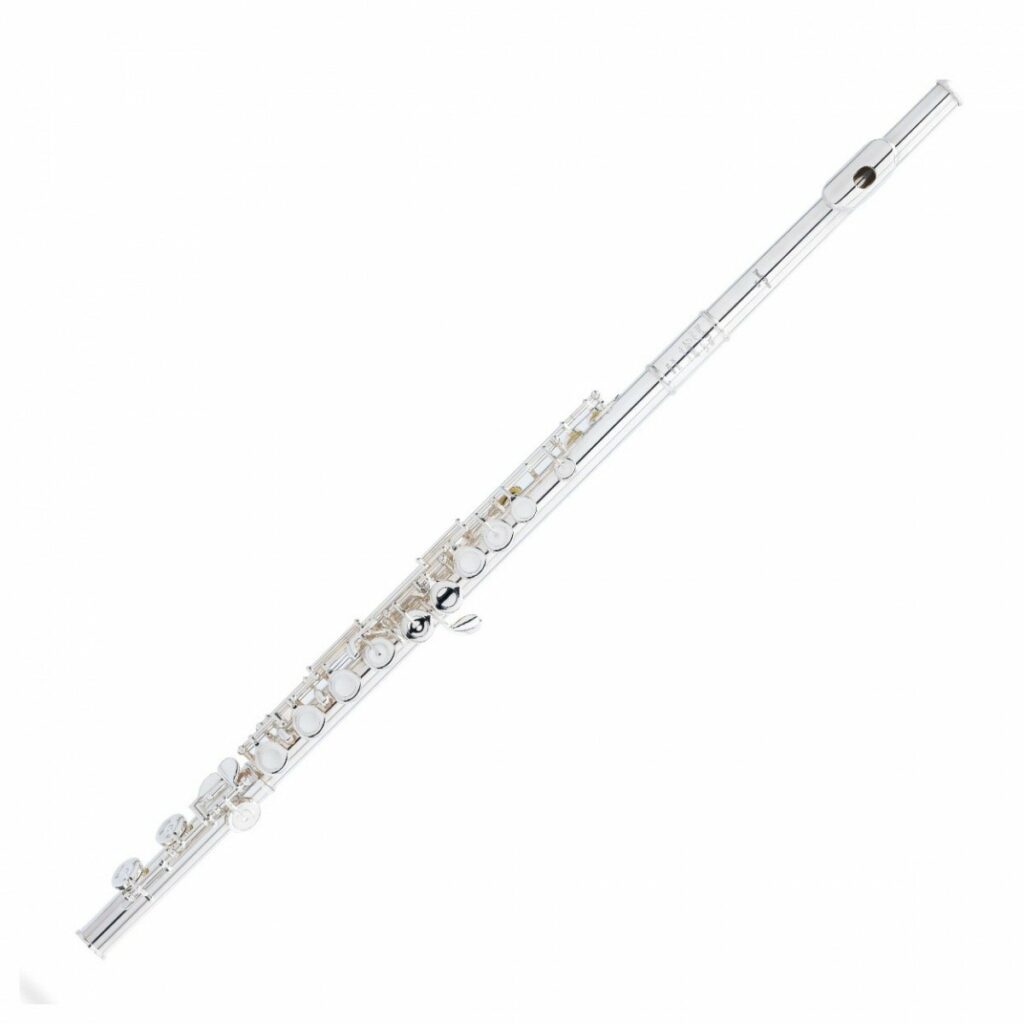
We’re talking about the crème de la crème of flute flair, the specialized beauties.
These are not your run-of-the-mill flutes. They’re for the flutist who craves a spin on the traditional.
These include the piccolo, a pint-sized powerhouse, and many others. They’re like the limited edition stamps in a collector’s treasure trove. They offer a sprinkle of surprise in the flute family tree.
Recognizing Quality Craftsmanship
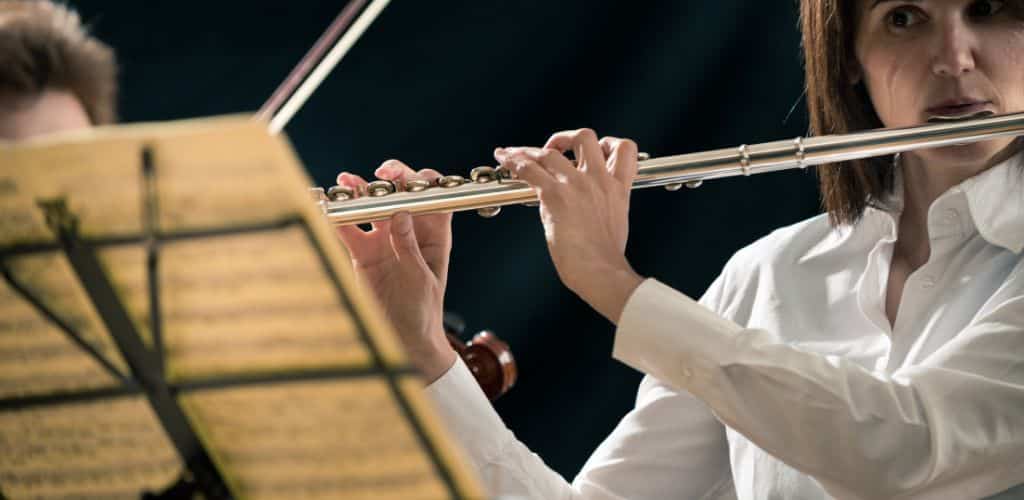
When I chat about flutes with my muso pals, we always return to craftsmanship. It’s the make-or-break of a flute’s personality!
Handcrafted Features
I relish the unique character of handcrafted flutes. Each curve and key has a personal touch that factory models don’t capture.
Every handcrafted flute, especially the head joint, is a testament to an artisan’s dedication to quality.
Precision Engineering
Precision in flutes? It’s non-negotiable for the professional player.
I’ve discovered that precision engineering separates a top-notch flute from the rest, impacting the instrument’s intonation and response. It’s all about the intricate balance and seamless alignment of the mechanics.
Factory vs. Custom Made
Now, let’s chat factory versus custom-made flutes. Factory flutes are the go-to for beginners, offering standardized quality and affordability.
But bespoke, custom-made flutes are where it’s at for pros like me. They allow individual expression and are tailored to our unique playstyle.
Japanese Influence on
Flute Manufacturing
Japanese craftsmanship in flute making has genuinely revolutionized the music industry. Their brands release a myriad of highly regarded models, and innovation is a constant in every flute performance.
Brands Originating from Japan
It’s incredible how Japan birthed brands that dominate the global flute market. I’m sure you’ve come across
Yamaha is a household name in Japan and worldwide. In the context of flutes, they have set a golden standard for quality and reliability, and their instruments are a staple in music education and professional performances.
Pearl Flutes, also hailing from the Land of the Rising Sun, offers an exquisite range of flutes. They are known for Pearl’s patented ‘Pinless mechanism,’ which has changed the game for many flutists.
Let’s not forget Muramatsu, whose exceptional silver flutes have enchanted musicians for over a century.
The brand Altus provides a fascinating tale. Founded by the visionary Masashi Miyazawa, it brings together Eastern precision and Western tonality.
Azumi flutes also fall under the Altus umbrella, using the famed Altus Professional scale. Miyazawa, another distinguished name, stands out for its handmade flutes, a hallmark of Japanese quality.
Sankyo boasts a rich heritage, creating flutes with impeccable sound and dynamic capabilities. And here’s a fun fact: Sankyo flutes are crafted by flutists for flutists, which sings to me as a musician.

Innovation in Techniques
In terms of innovation, the meticulous Japanese artisanship is nothing short of inspirational.
I’m continuously in awe of the level of detail in their flute-making techniques. The understated elegance of these flutes reflects years of tradition melded with cutting-edge technology.
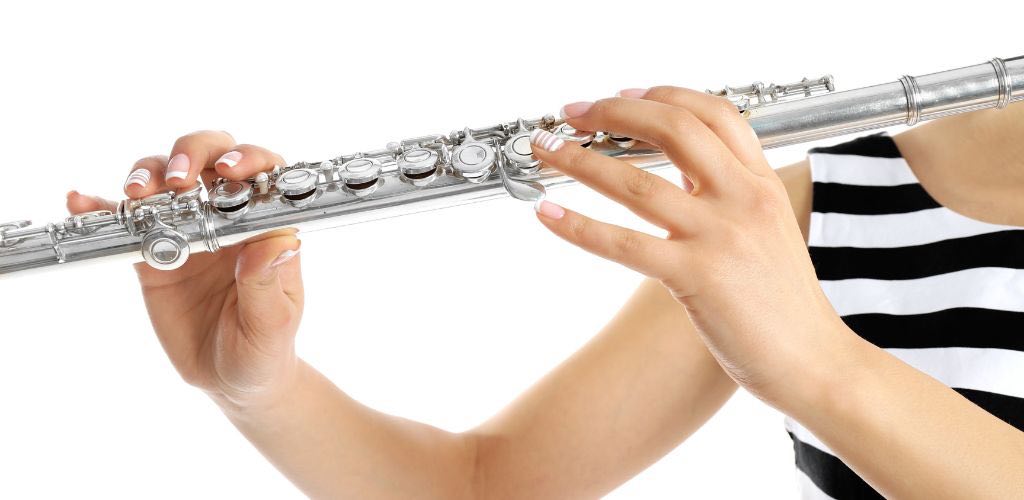
Take Jupiter, for instance; it’s a brand that, while newer on the scene, already leaves an indelible mark with its trendsetting designs. They balance time-honored methods and modern adaptability, resulting in instruments that accommodate a wide range of musical expressions.
Japanese influence in flute manufacturing doesn’t just end with the instruments themselves; it extends to education and performance artistry. This has fostered a global community that shares a passion for the unique qualities of Japanese-made flutes.
So, when searching for a flute, these compelling stories of innovation and craftsmanship are always worth keeping in tune with.
Taiwanese Flutes
on the Market
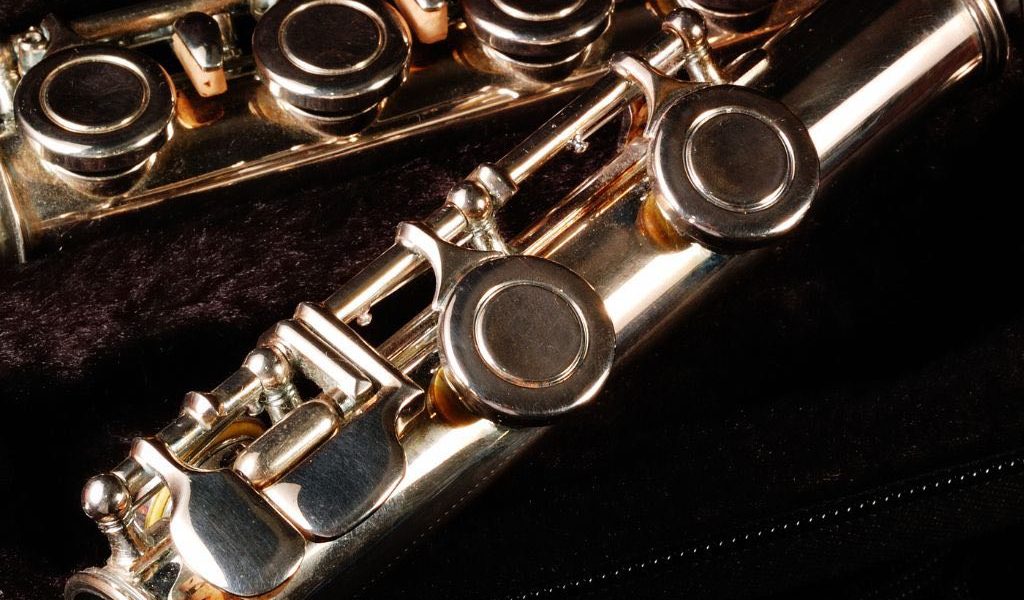
Taiwan’s flute industry is not to be underestimated. Its offerings range from budget-friendly options to those that rival traditional craftsmanship.
Emerging Brands
My experience tells me that Taiwanese emerging flute brands often enter the market with aggressive pricing. They aim to attract new students and those on a tight budget.
Often, affordability means a trade-off in precision and durability. Yet, it’s exhilarating to see how these brands push boundaries, injecting vibrancy into the flute market.
Competitive Quality
Now, let’s chat about competitive quality. Taiwan is home to brands that stand their ground in terms of quality.
Take, for example, Jupiter. This brand may not produce top-tier professional flutes, but they’re lauded for their reliability. Their flutes tend to be durable and are an excellent asset for intermediates.
Taiwan’s market also dances to the tune of innovation, with flutes that flaunt refined craftsmanship. When I inspect flutes from Taiwan, I don’t just see instruments; I know the embodiment of their commitment to quality, often at prices that make me smile, considering the quality on offer.
Innovative Features of Modern Flutes
I’ve noticed some fascinating advancements in modern flutes that are making waves. They combine traditional craftsmanship with cutting-edge technology to bring out the best in both worlds for professional players.
Pinless Mechanism
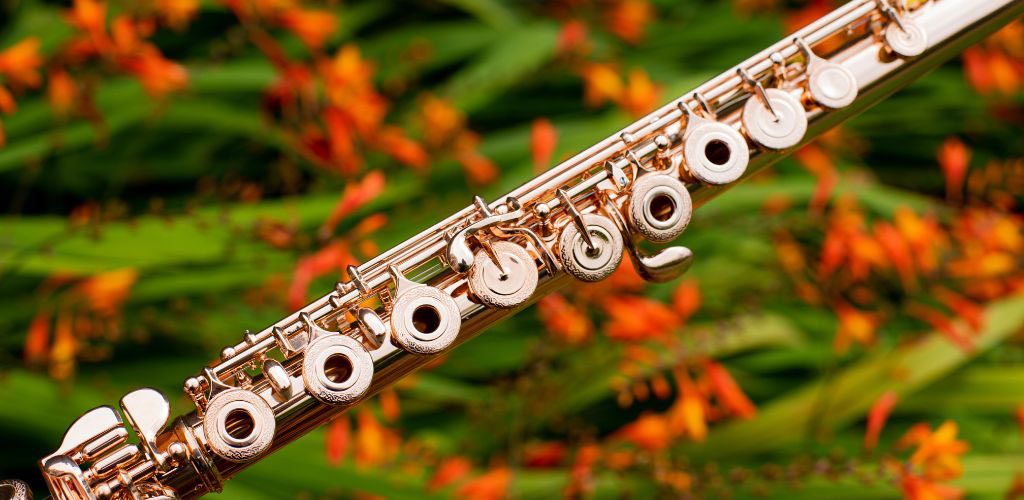
The pinless mechanism is a game-changer for my flute’s reliability and maintenance. It ditches the traditional pinned mechanism’s complexity for a seamless, less troublesome design.
Without the protruding pins, my flute is less prone to wear and snagging, making it a dream to play and maintain.
Offset G and Split E Mechanism
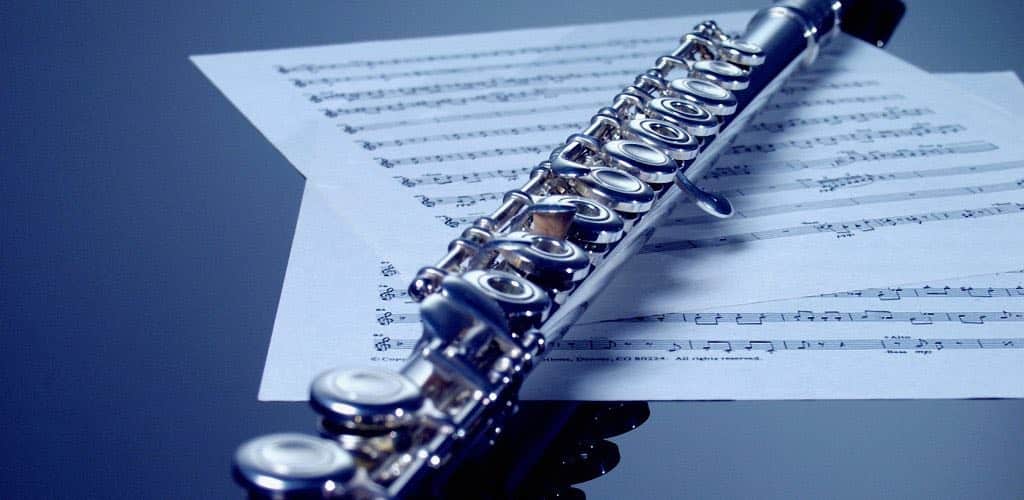
Getting to grips with the offset G key has been a breeze; it fits my hand like a glove. Plus, the innovative split E mechanism boosts my E3 note to pitch-perfect heights, ensuring I always hit the sweet spot.
This tech is a testament to the strides in flute innovation, bringing comfort and precision to my fingertips.
Essential Features for Extended Play
I’m always looking for features that make playing for more extended periods a breeze. Let’s have a chinwag about the nitty-gritty of what makes a flute easy and enjoyable to play for hours.
C Foot Joint vs. B Foot Joint
Inline G vs. Offset G
The Significance of Flute Tone and Intonation

Talking about flute tone and intonation is like chatting about the heart and soul of a flutist’s sound. It’s crucial because it shapes the character and dynamic quality of the music I create.
Tone Hole Placement
My flutist mates often tell me that the placement of tone holes is paramount. If they’re not positioned with precision, my flute could sound as wonky as a wheel on a trolley with a mind of its own.
The placement of tone holes affects the pitch accuracy of each note, making the difference between a sweet melody and a cat’s chorus.
Materials and Sound Quality
Let me give you the lowdown on materials and their role in sound quality. The material of my flute can make or break its voice, from a whisper-thin silver to a hearty, full-bodied gold.
It’s like choosing between silk and tweed for an outfit—both can be smashing, but they give off vastly different vibes.
Balance and Registers
My flute needs to be a well-tempered lass, offering me an easy transition from one register to the next. If the balance is off, my playing sounds like I’m hopping from stone to stone across a brook rather than gliding across a peaceful lake.
Flute Technology and Innovation
Let me take you on a whirlwind journey through the evolution of the flute! From wood to metals, the transformation is nothing short of a marvel, and I’m just the person to guide you through it.
Advancements in Flute Design
Would you believe it if I told you that flutes used to be just simple wooden tubes?
Today, they’re a symphony of engineering ingenuity. We’ve seen materials improve, with silver and gold alloys enhancing the sound quality.
Innovations like the Boehm system revamped flute fundamental mechanics, vastly improving precision and tuning.
Computer-aided design has allowed for exacting craftsmanship that wasn’t previously possible.
Crafting a flute now involves a beautiful marriage of traditional artisanship and cutting-edge technology. This pairing keeps the instrument’s soul intact and hones its voice to perfection.
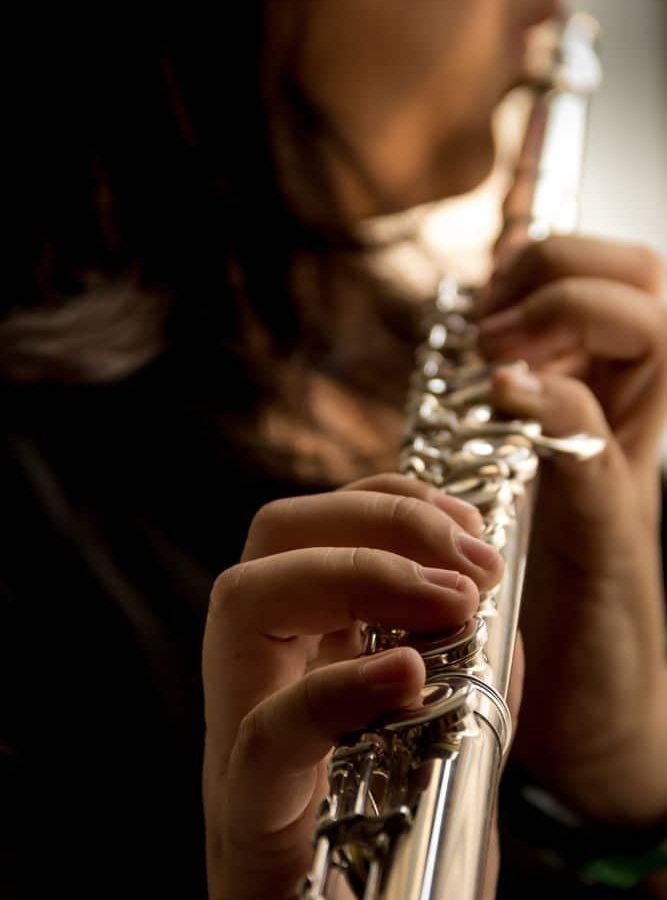
Practical Guide
to Buying a Flute
When I buy a flute, I look for a trustworthy brand and a model that suits my skill level and needs. It’s a fine balance between quality and budget, especially if you’re just starting out.
Beginner's Selection

I remember my first flute; I wanted something reliable but reasonable. Yamaha and Pearl are brands with excellent student models that won’t break the bank. They’re perfectly tuned for novices to get a good sound right away.
Avoid overly cheap brands that promise professional quality; it’s a surefire way to disappointment.
Online Purchase Tips

Buying flutes online can be tricky. That’s why I constantly scour the reviews and check the return policy before clicking ‘buy.’
If the deal looks too good to be true, it probably is. Don’t get charmed by a low price tag only to end up with a subpar instrument.
Identifying Your Needs

I’ve learned to consider what I need before buying a flute. Am I gigging, teaching, or just playing for fun?
A student model is great for beginners, but I need to invest more if I’m performing. Also, consider the servicing costs; a good flute shouldn’t need more than an annual check-up if treated well.
Strategies for
Ensuring Flute Quality
In my experience, steering clear of sub-par flutes begins with two pivotal steps. Selecting where you shop and what you shop for makes all the difference in the quality of the instrument you play.
Buying from Licensed Retailers
I can’t stress enough how important it is to buy from licensed retailers.
It’s like a safety net for your investment. These folks ensure you’re getting the real deal—a quality instrument that lives up to the manufacturer’s promise.
When you walk into a shop authorized by reputable brands, you also step into a haven of authenticity and accountability—they’ll only stock the flutes that match their esteemed name.

Seeking Professional Models
Flipping through catalogs or scrolling online, you’ll spot them by their premium design and materials.
Here’s the thing: professional models come from the hands of skilled craftspeople, often sporting a price tag that reflects their top-notch stature.
But remember, the price alone isn’t the tell-tale sign of a professional model – it’s in the craftsmanship, the brand’s history of excellence, and the robust materials used. Let me tell you, a well-made flute from a reputable brand is like a trusted friend – it won’t let you down when the music starts.
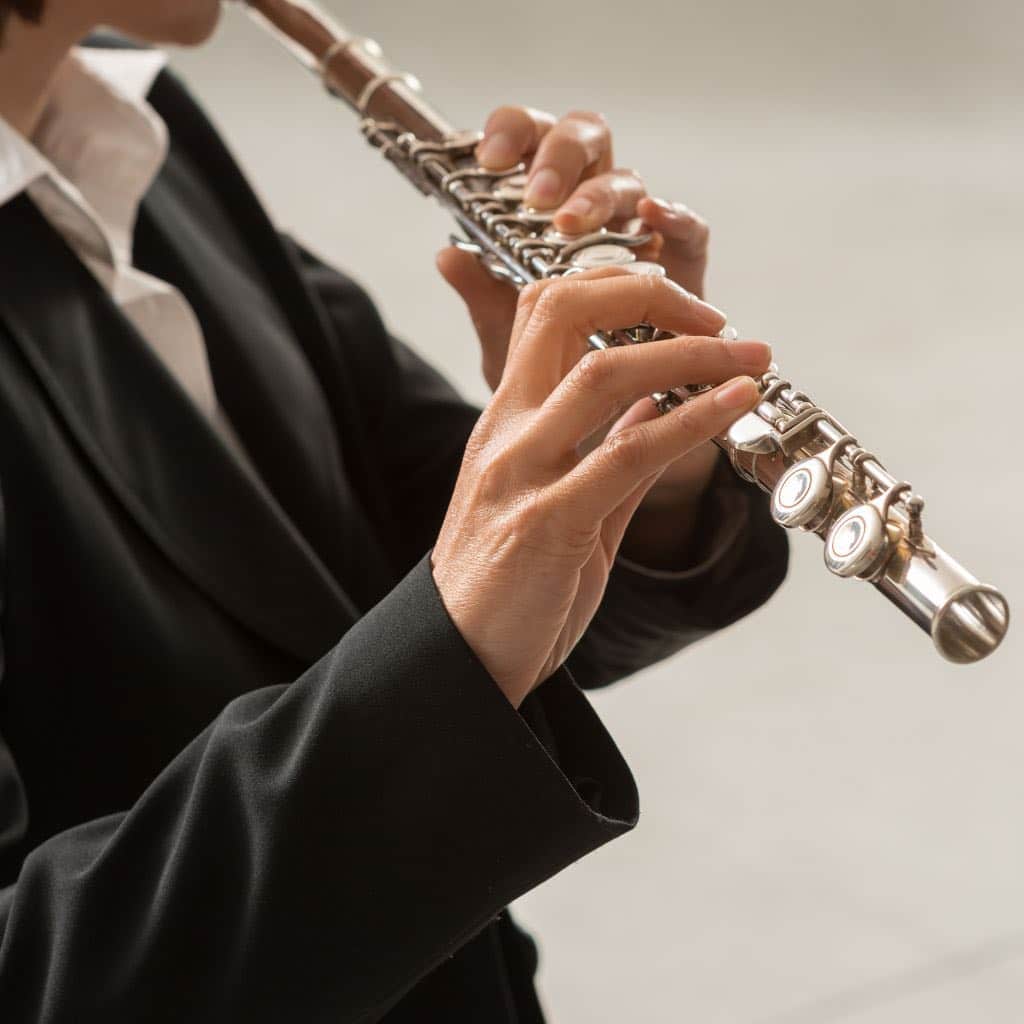
The Role of
Flute Teachers and Guides
Choosing the proper flute can be a puzzle, but I’m here to help you assemble the pieces. Flute teachers and guides play a pivotal role in this process, bringing their wealth of experience and expertise.
Recommendations Based on Experience
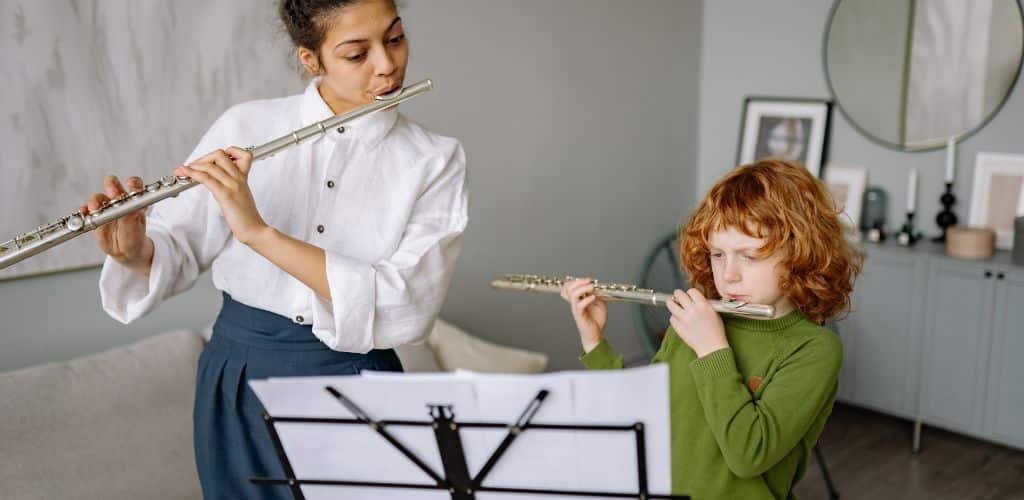
Having trodden the path myself, I can’t stress enough the value of a flute teacher. They’ve seen many brands pass through flute lessons for countless students’ hands.
My mentors have vividly recounted the days when a shiny flute turned out to have all the resilience of a chocolate teapot! They’ll nudge you away from tempting but flawed choices, steering you towards instruments with a sterling reputation.
Navigating Choices with Expertise
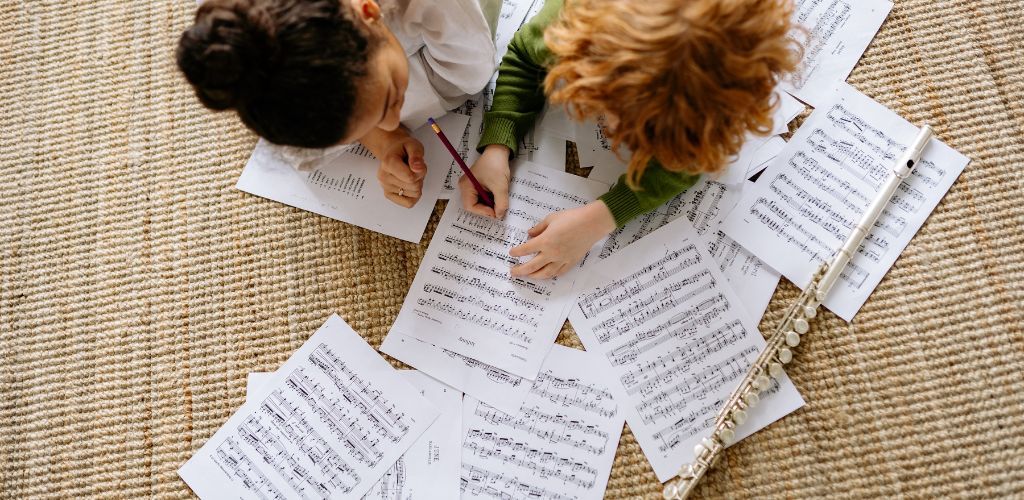
A guiding hand is invaluable when the array of flutes tempts you into the land of indecision. The expertise of such a guide illuminates the path through the maze of options.
They’ll dissect and translate the technical jargon into plain English, ensuring the selection resonates with your playing style and ambitions. Trust me, their insight is like finding a compass in a dense forest—it gets you exactly where you need to go.
Advice for Maintaining
Flute Quality
Maintaining a high-quality flute is pivotal for ensuring its long-term playability and rich sound. I’ll share a few tips to help you properly care for your instrument.
Regular Maintenance Routines
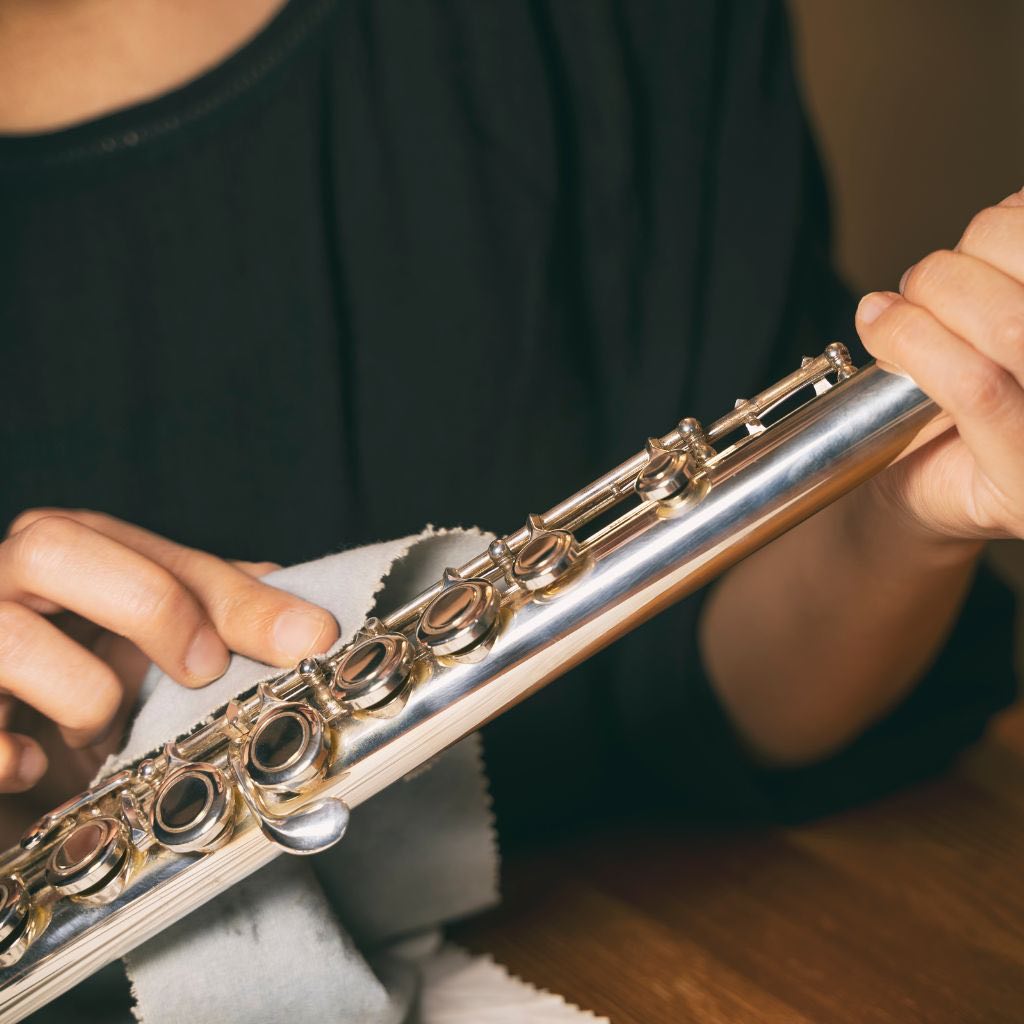
I follow a daily maintenance routine to keep my flute in tip-top shape. Regular cleaning and careful handling are the bread and butter of flute maintenance.
It’s crucial to swab the inside after each use, as moisture is a sneaky critter that can cause pads to wear prematurely. One should occasionally oil the mechanisms, ensuring all the moving parts stay agile and responsive.
After each playing session, I religiously swab the inside with a soft, lint-free cloth. This prevents moisture build-up, which can lead to damage.
I carefully clean the embouchure hole with a soft, damp cloth, ensuring I don’t disturb the delicate mechanism. For the body and foot joint, I use a rod with a cloth wrapped securely around it, making sure there’s no metal exposed that could scratch my flute.
Professional Services and Repairs
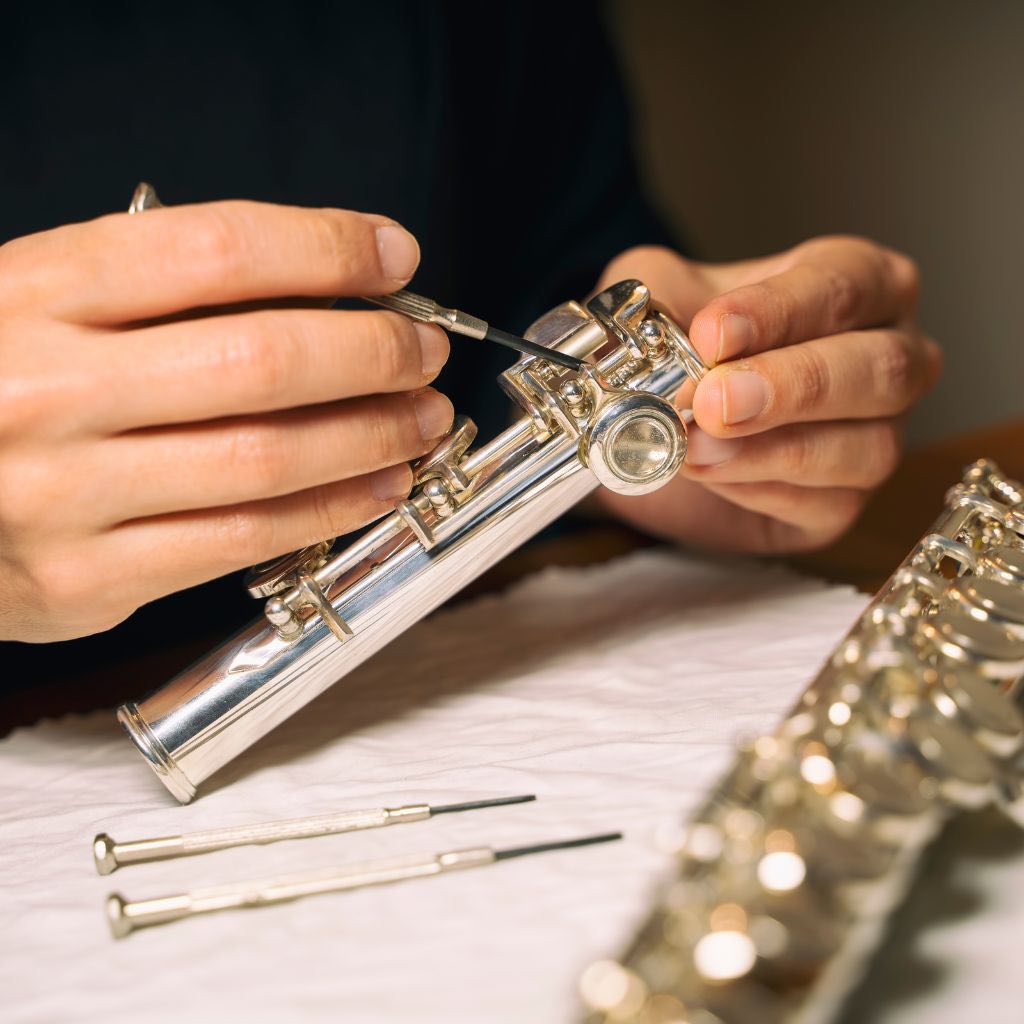
Even with the best upkeep, my flute occasionally needs a professional touch. I make it a point to have it serviced once a year to keep it sounding good and playing well.
I take my flute to a reputable technician at least once a year.
They adjust the mechanism, ensure keys respond quickly, and check for potential issues affecting sound quality and playability.
Flute Brands to Avoid:
Important Insight
Selecting a flute can be like solving a musical puzzle. The key is always finding the right fit for you.
Not every inexpensive flute is a dud, but you’ll want to tread carefully. I know that saving money is tempting, but remember, a poorly made flute might lead to more costs in repairs or necessary upgrades.
Steer clear of brands that consistently receive negative reviews; it’ll save you time and headaches.
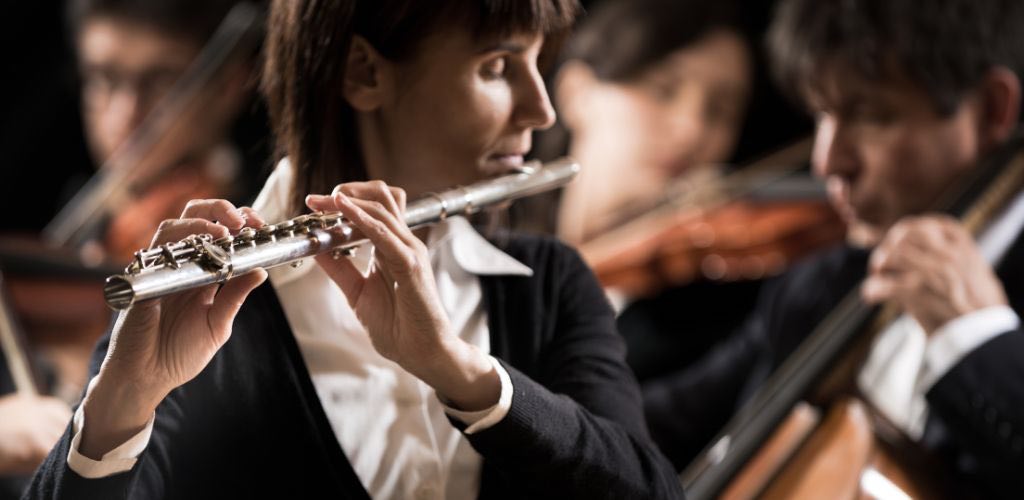
Have a peek at the experiences of others and take stock – brands like Aisiweier, Lazarro, and Eastrock might not cut. When I think about longevity and satisfaction, I advise investing in a reputable brand.
It’s clever to look for reputability—brands that have established a good standing over time. Yamaha flute has a sterling reputation for a reason; it’s like the trusty friend that never lets you down.
Let’s face it: your musical journey should be filled with joy, not the frustration of a subpar instrument. Keep your eyes peeled for those red flags I’ve mentioned.
And if you ever feel overwhelmed, a quick chat with a seasoned flutist or music teacher can illuminate that perfect brand for you. Happy fluting!
Wait! There’s more…
Explore this beginner’s guide to learning a new flute, packed with essential tips and advice to help you start your musical journey on the right note.
FAQ's
For beginners, some reputable student flutes known for offering quality instruments suitable for novice players include Yamaha, Gemeinhardt, Trevor James, and Pearl. These brands often provide reliable and affordable student or beginner models well-suited for learning and skill development. Beginners need to consider factors such as playability, durability, and affordability when selecting a flute, and these brands are known for offering instruments that meet these criteria. Additionally, seeking guidance from a music teacher or professional flutist can provide valuable insights when choosing the proper flute for a beginner.
A good quality flute typically exhibits characteristics such as a clear and resonant tone, consistent intonation across all registers, smooth key action, and a well-crafted mechanism. High-quality materials, precision craftsmanship, and positive reviews from experienced players can also indicate a good flute.
Armstrong flutes are considered a reputable and reliable flute brand, particularly for flute students and intermediate-level instruments. They are known for producing quality instruments with good intonation, responsive key action, and durable construction, making them popular for beginners and advancing players.
Chinese flute brands can offer a wide range of options at different price points; some are known for producing high-quality instruments. When evaluating Chinese flute brands, it’s essential to research and consider factors such as craftsmanship, materials, and customer reviews. With careful consideration, finding a Chinese flute brand that offers good value and quality is possible.











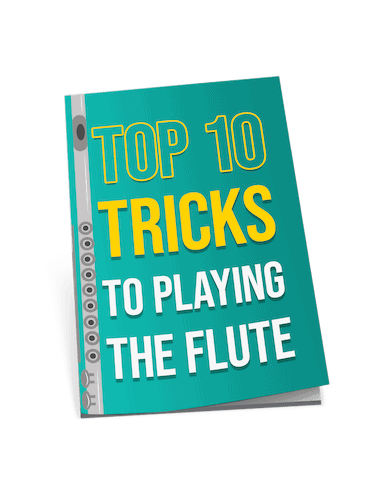
i gotta say, not all plastic and cheap metal flutes are a bad idea. depends on what you’re using it for, right? like, if you’re just starting or need something durable for travel, they can be decent. not every beginner has the cash for a high-end model, plus it’s about skill development at that stage, not just the instrument’s quality. but yeah, serious players should invest in better quality as they progress.
I’ve been playing a student model for a while now and am considering an upgrade. This article has given me a lot to think about, especially the sections on intermediate flutes like Pearl and Azumi. It’s crucial to consider not just the brand but the specific features that suit your advancement level. Thanks for the comprehensive overview, Chloë Vincent.
Great, just when I thought all flutes were created equal, turns out I’ve been serenading ducks with a glorified tin whistle
hey, saw your section on beginner brands. any reason why Yamaha is preferred over others?
Was wondering the same, thanks for asking AlexG!
AlexG, Yamaha has a reputation for producing reliable and easy to play flutes for beginners, making it a solid choice for those just starting.